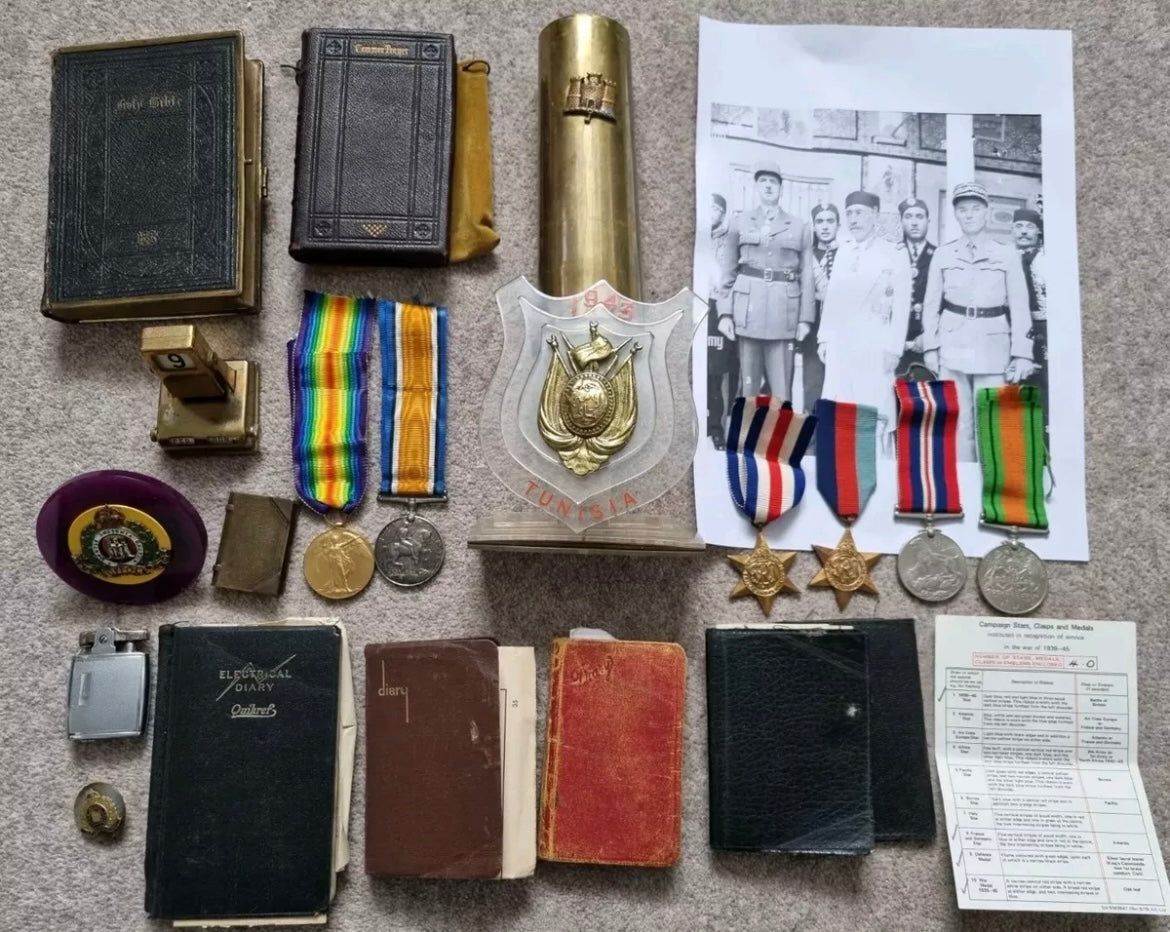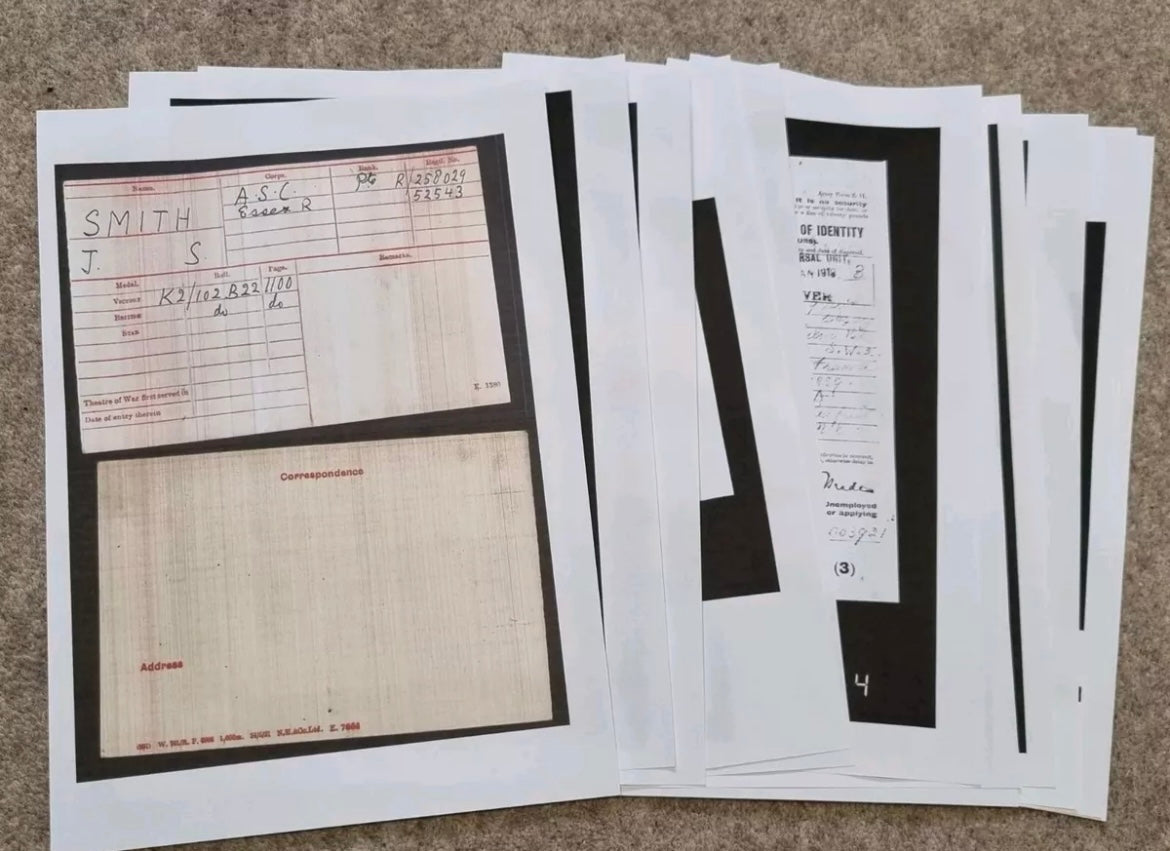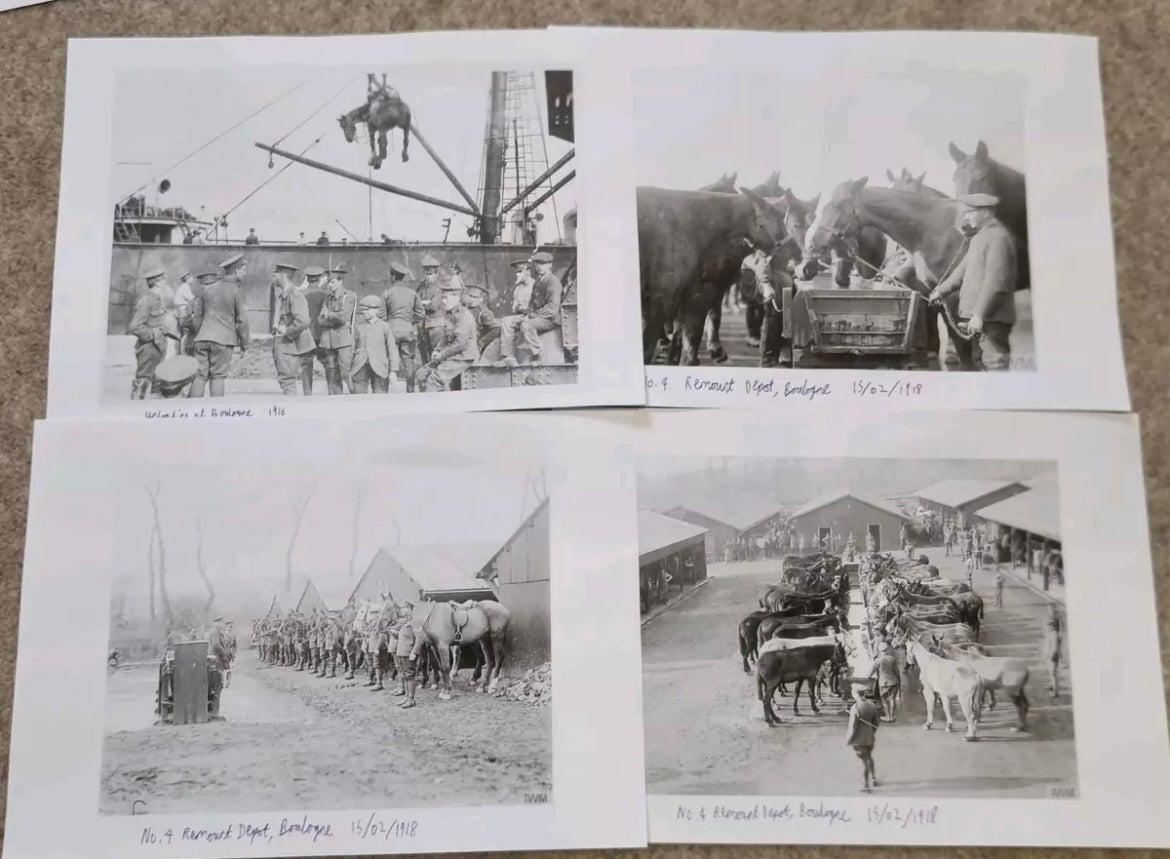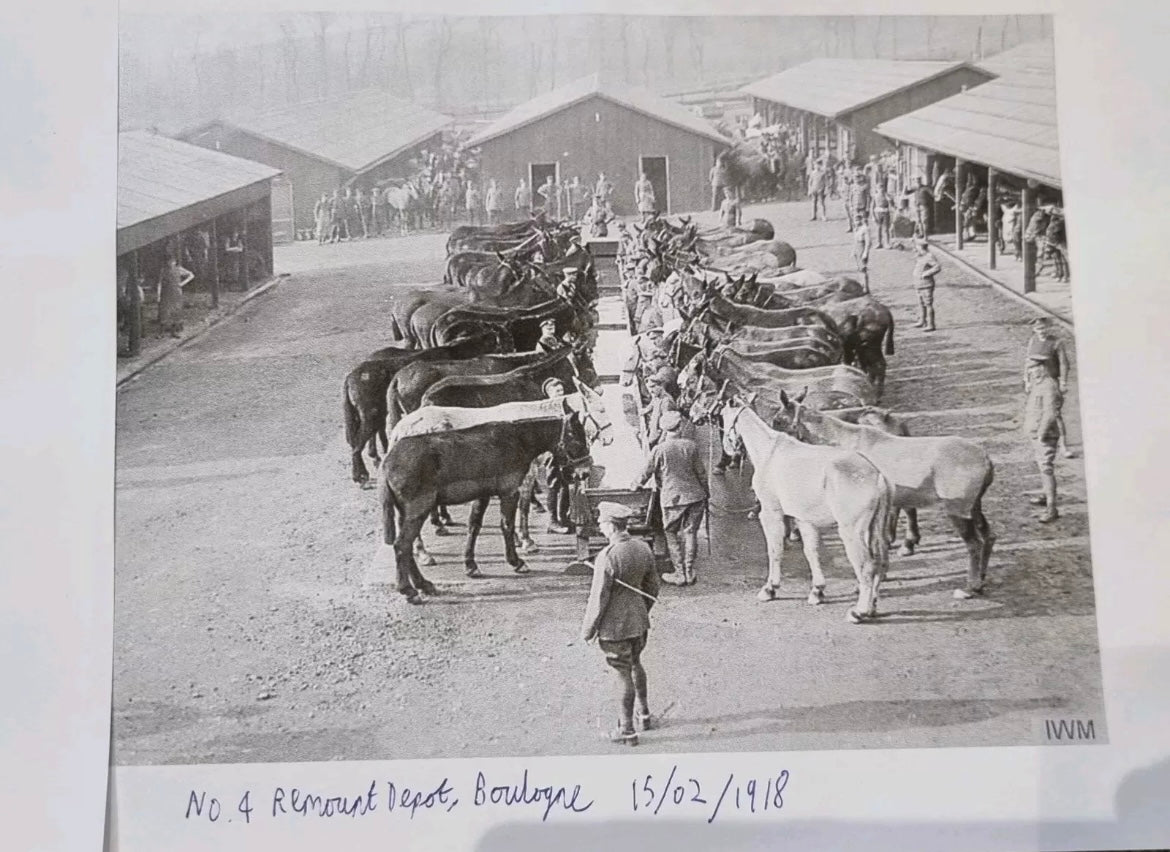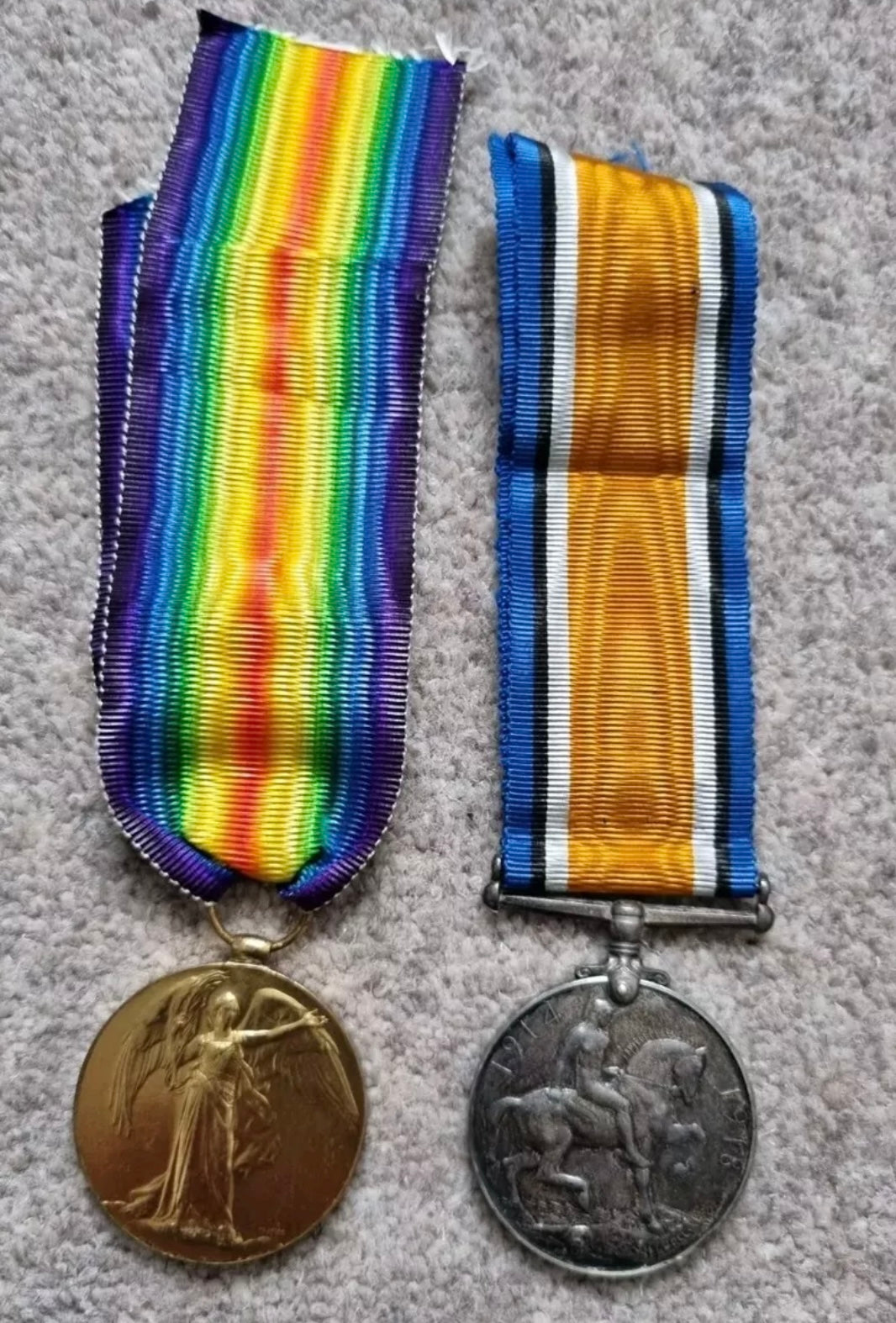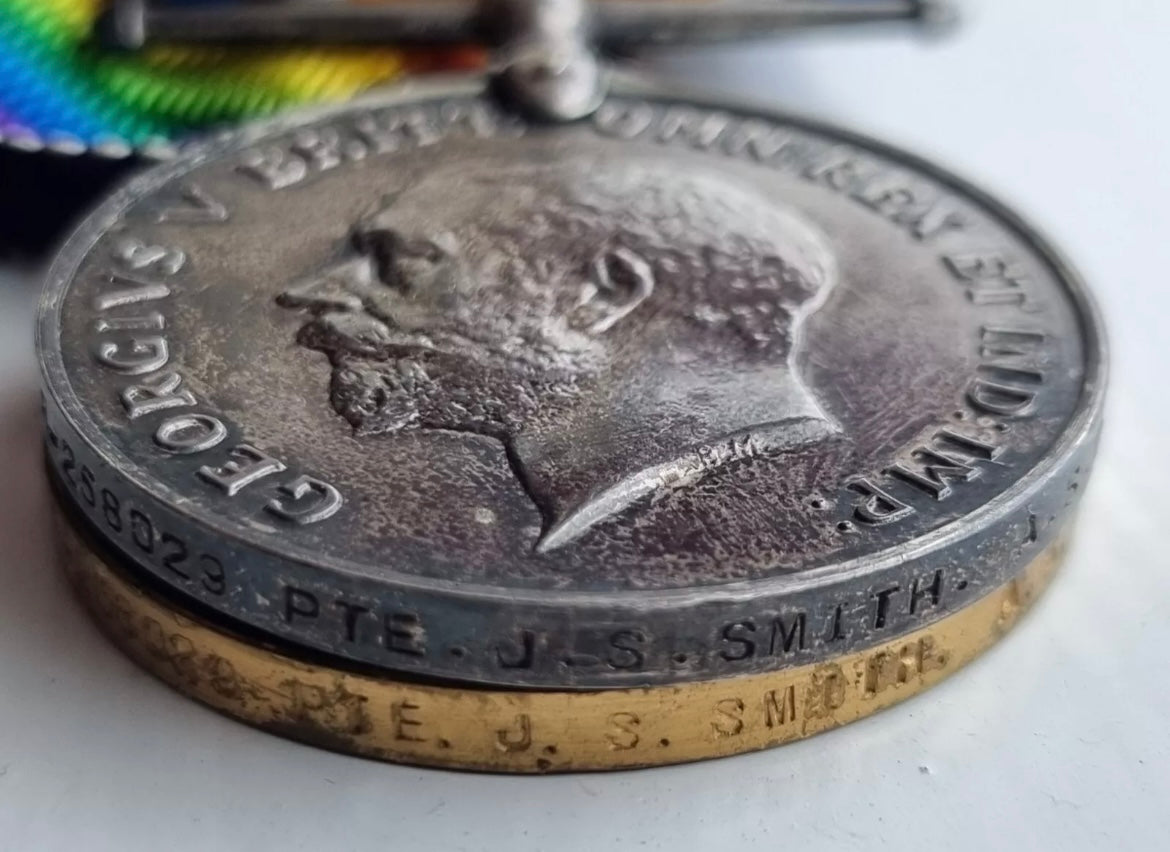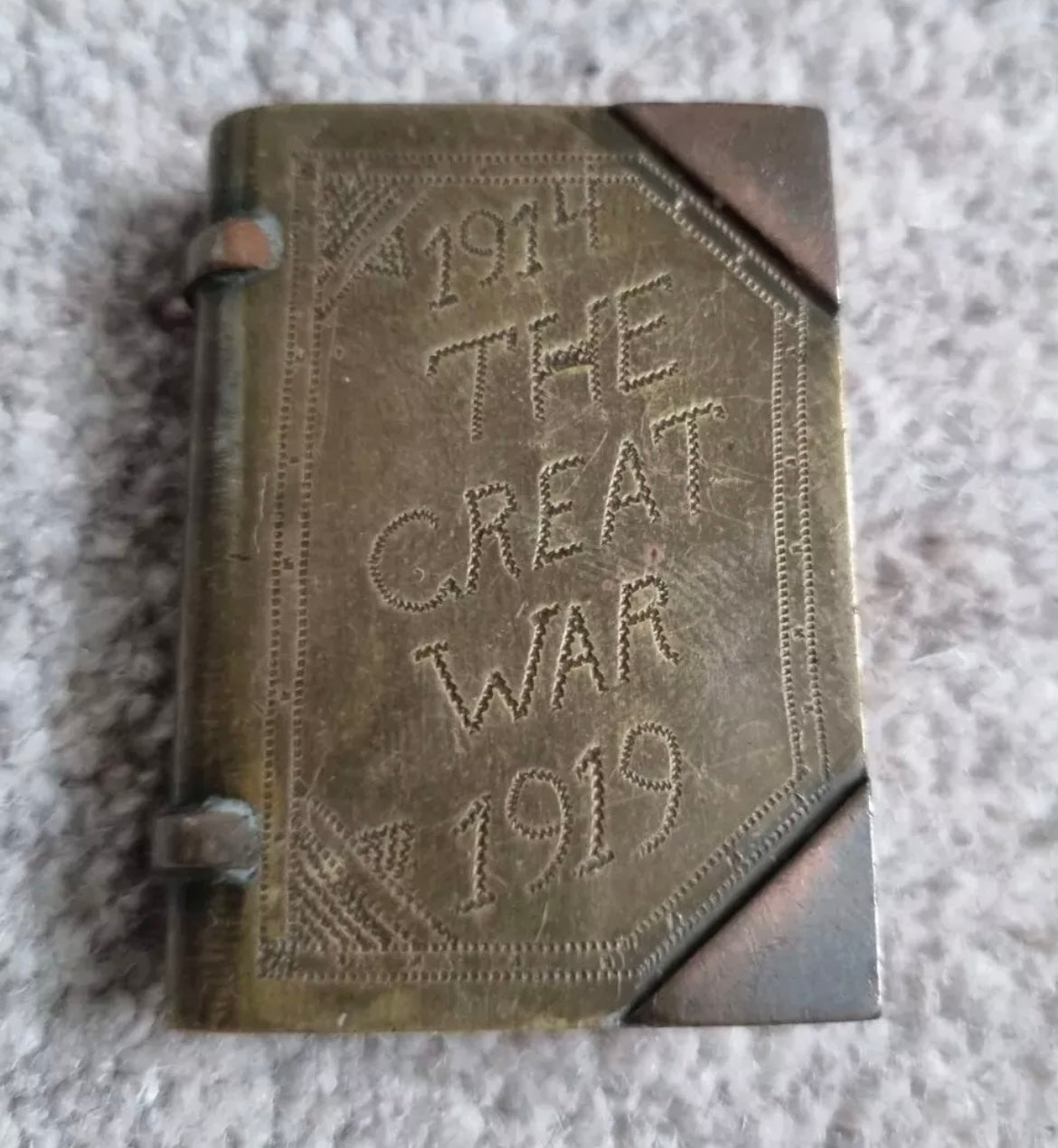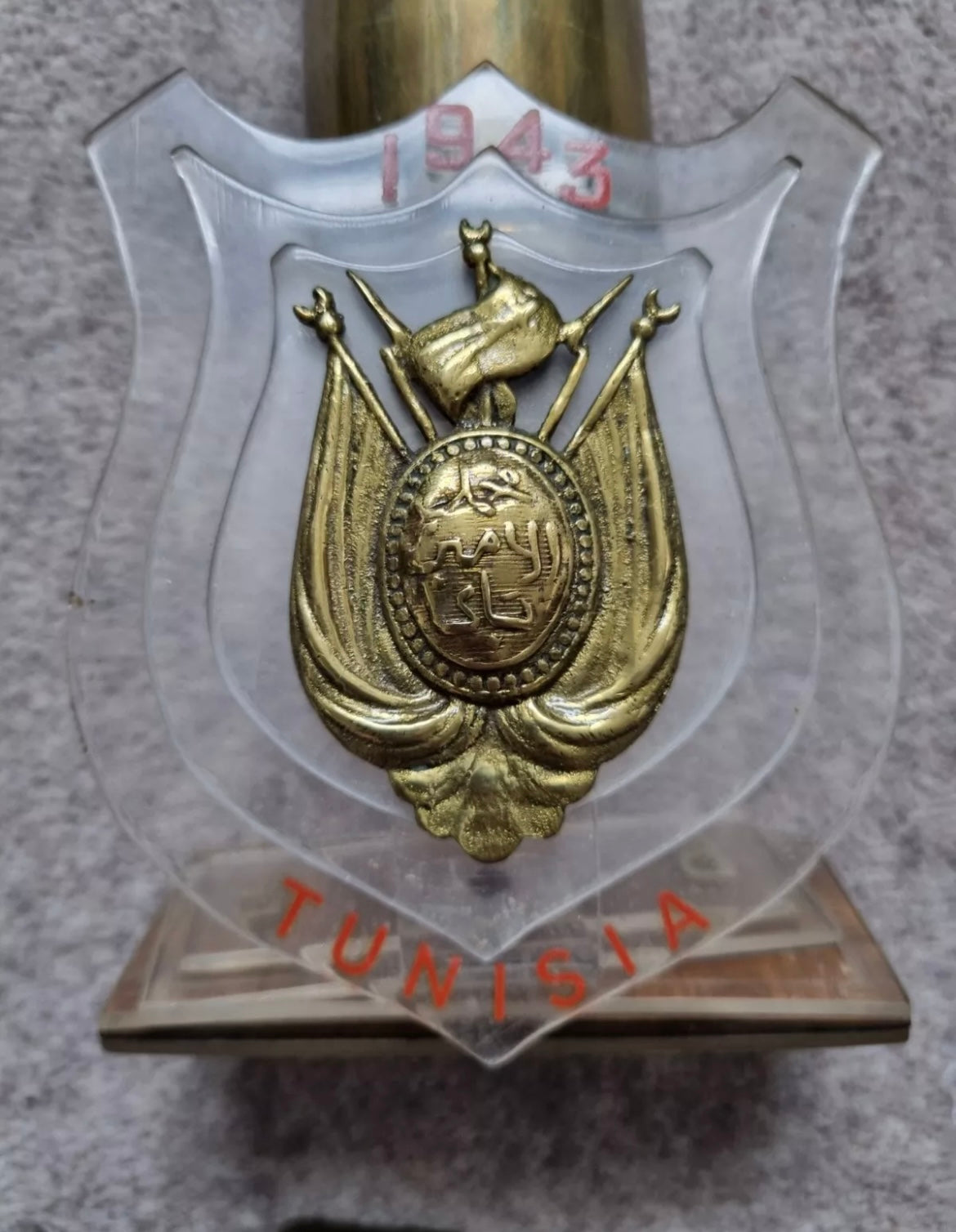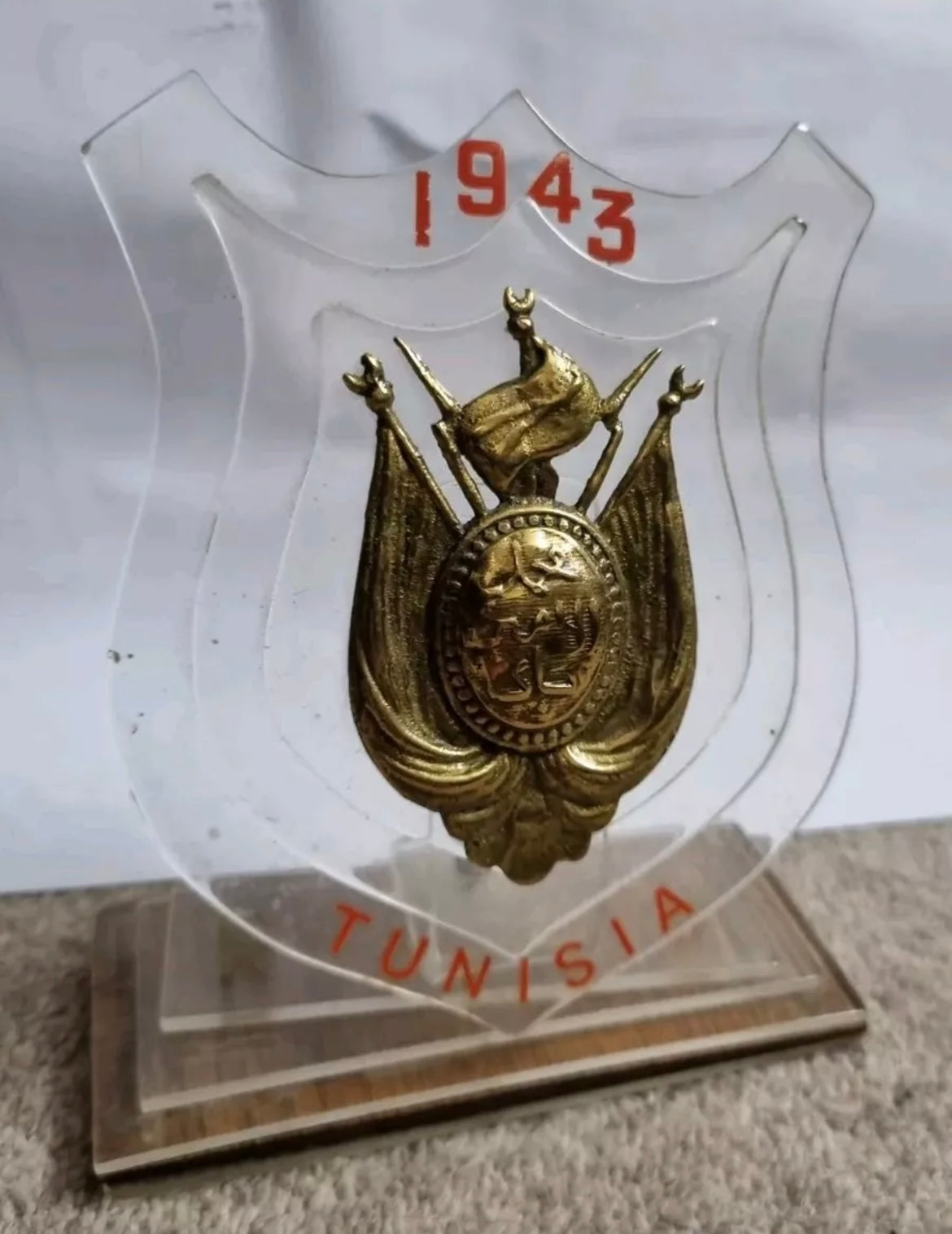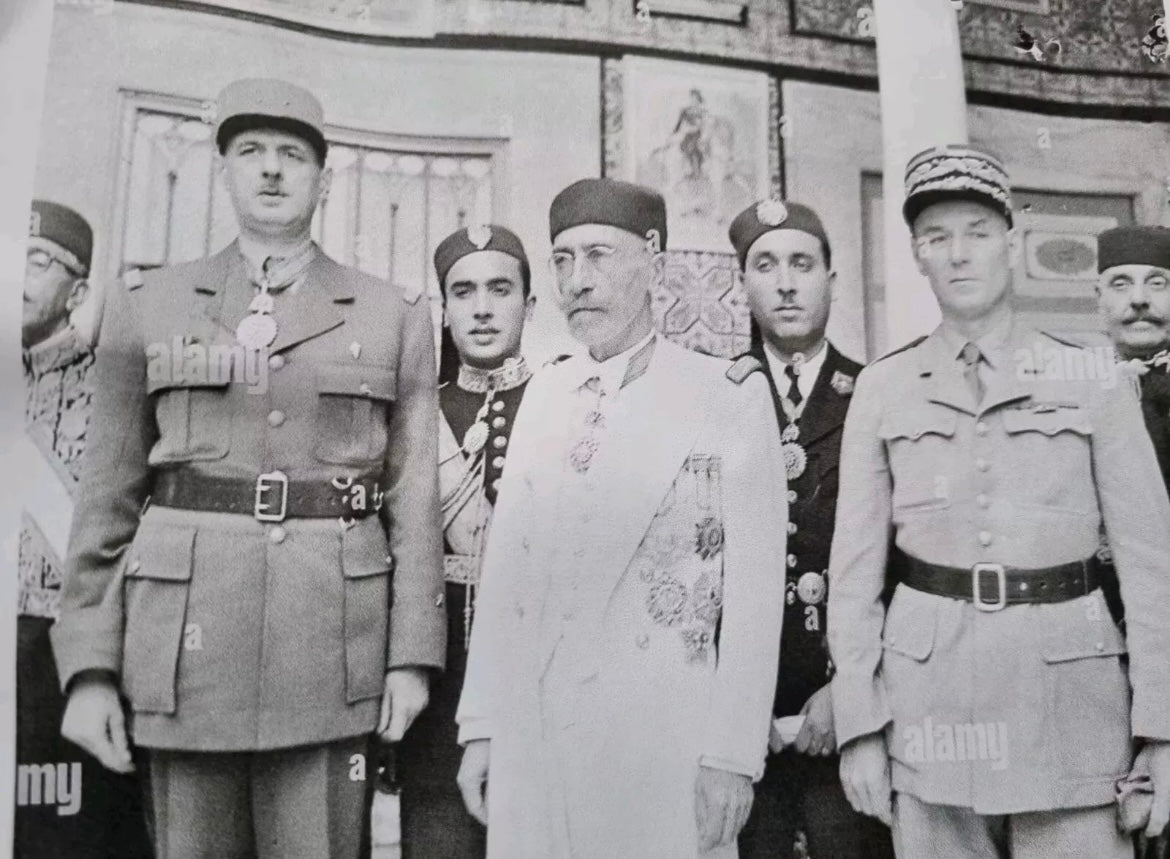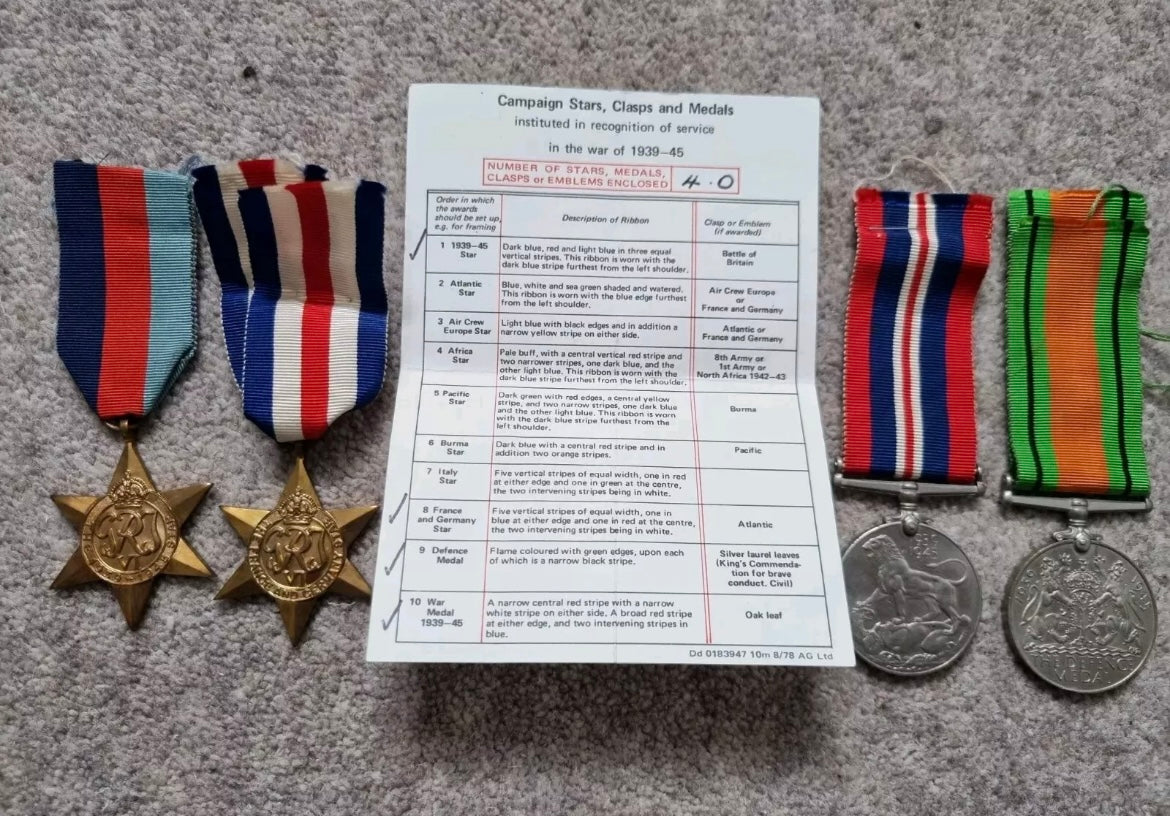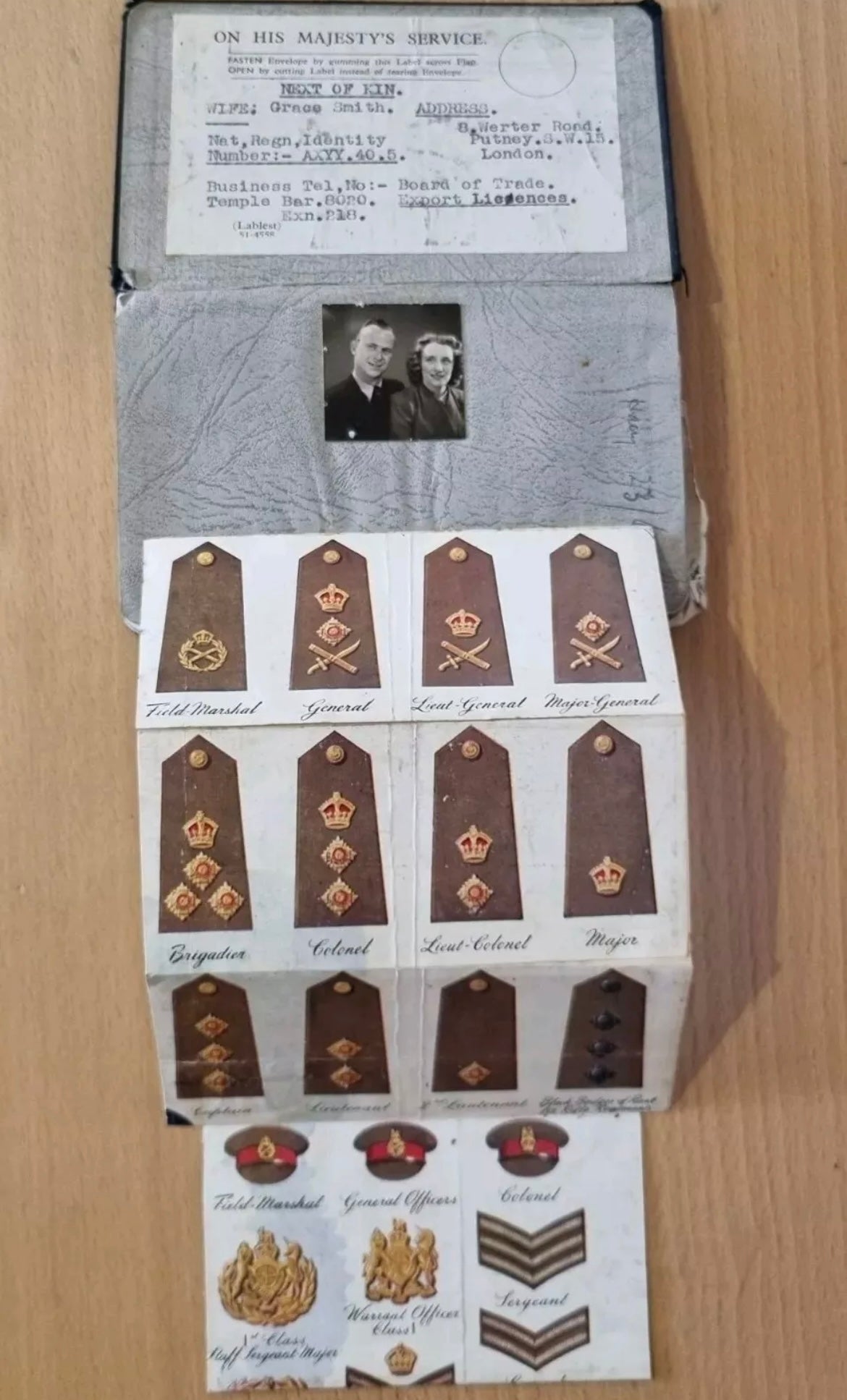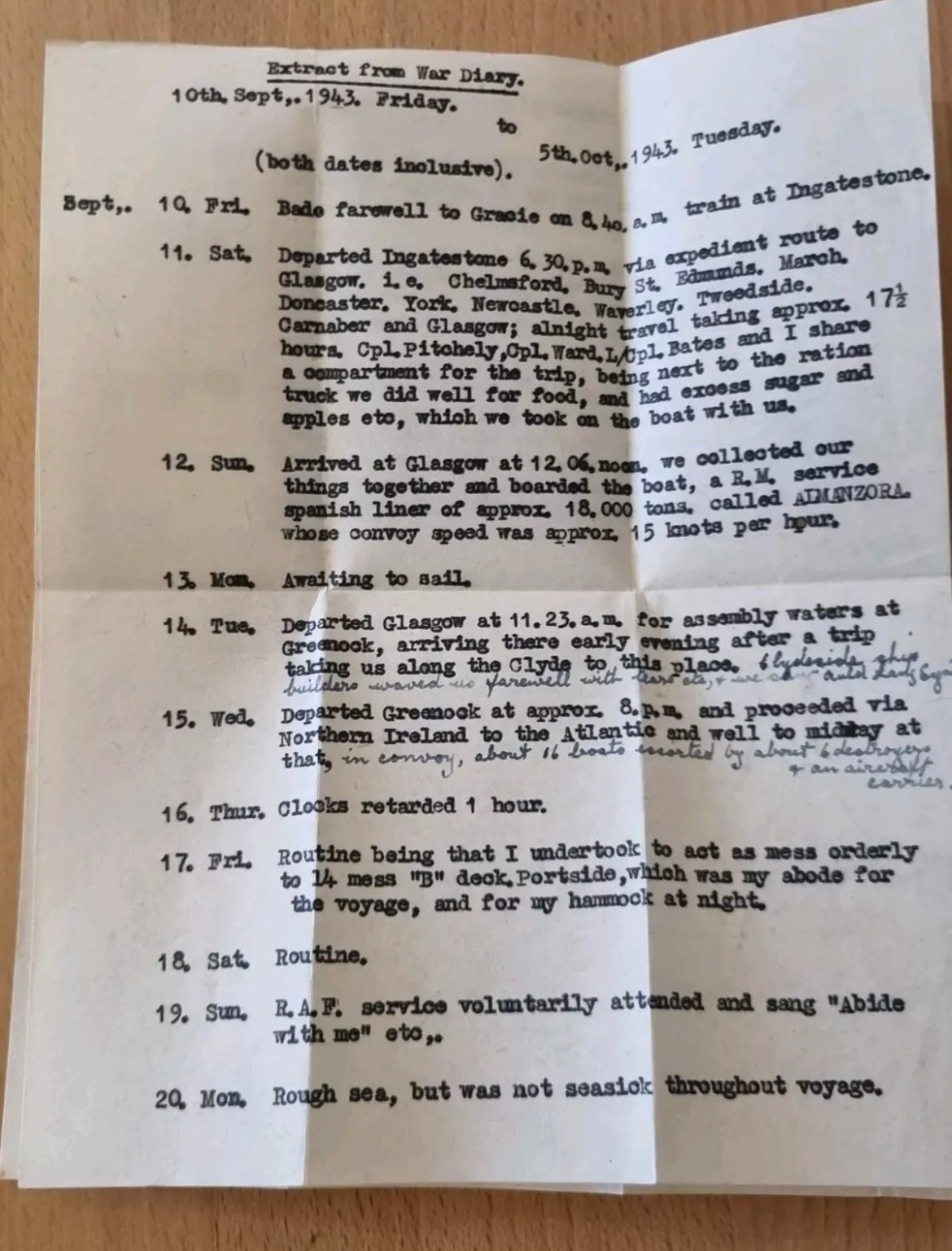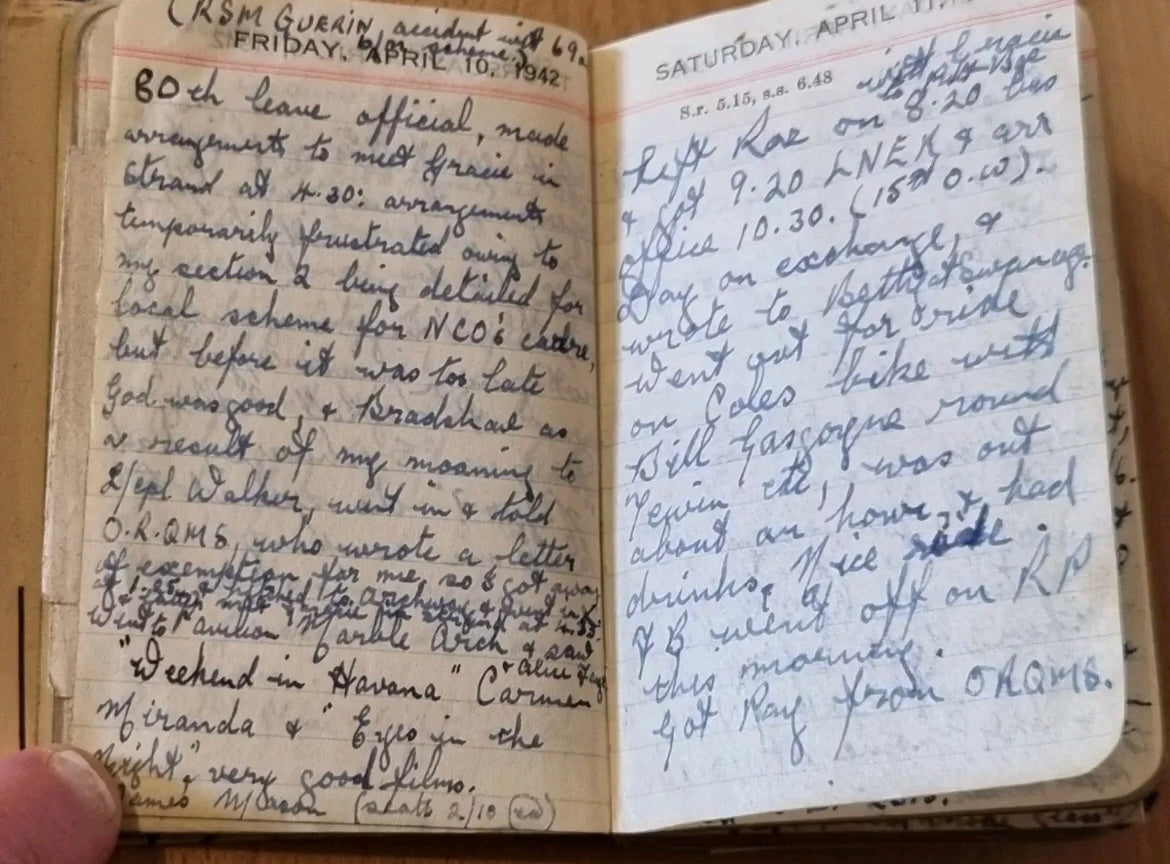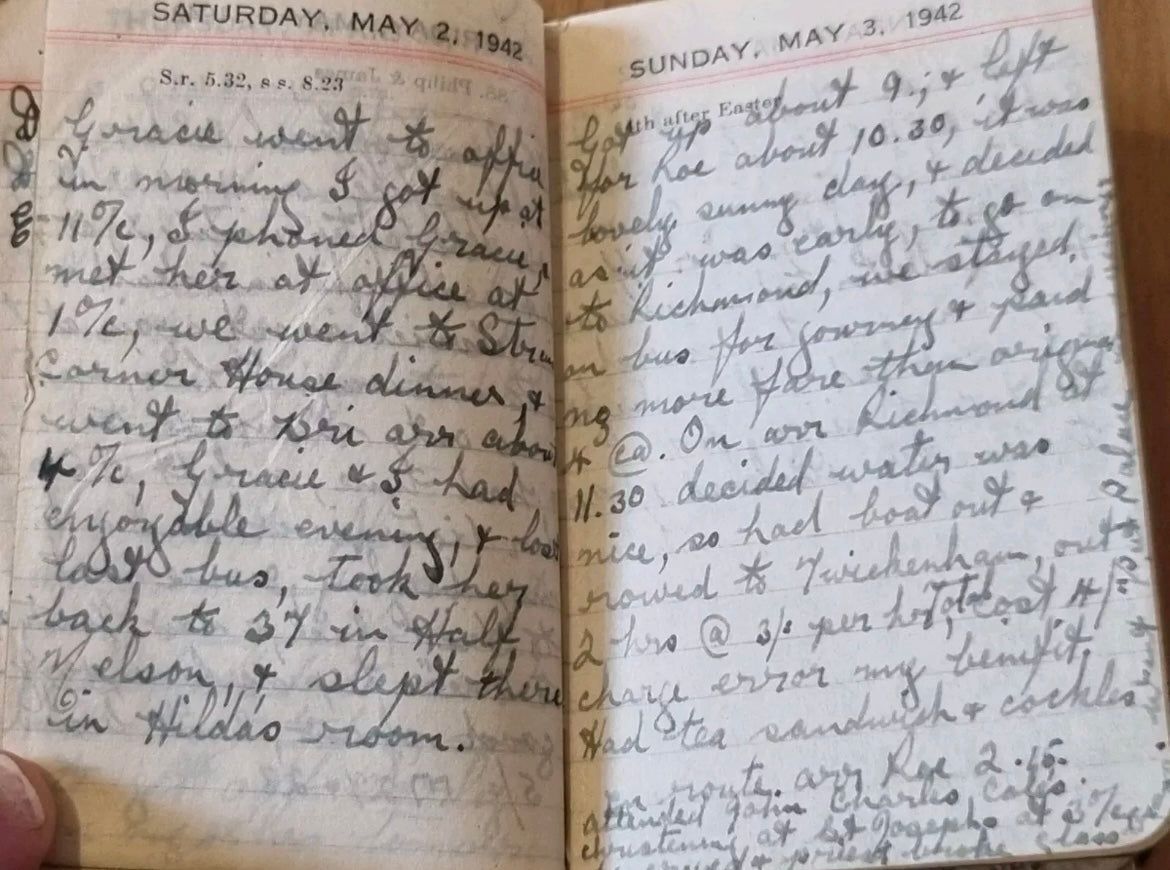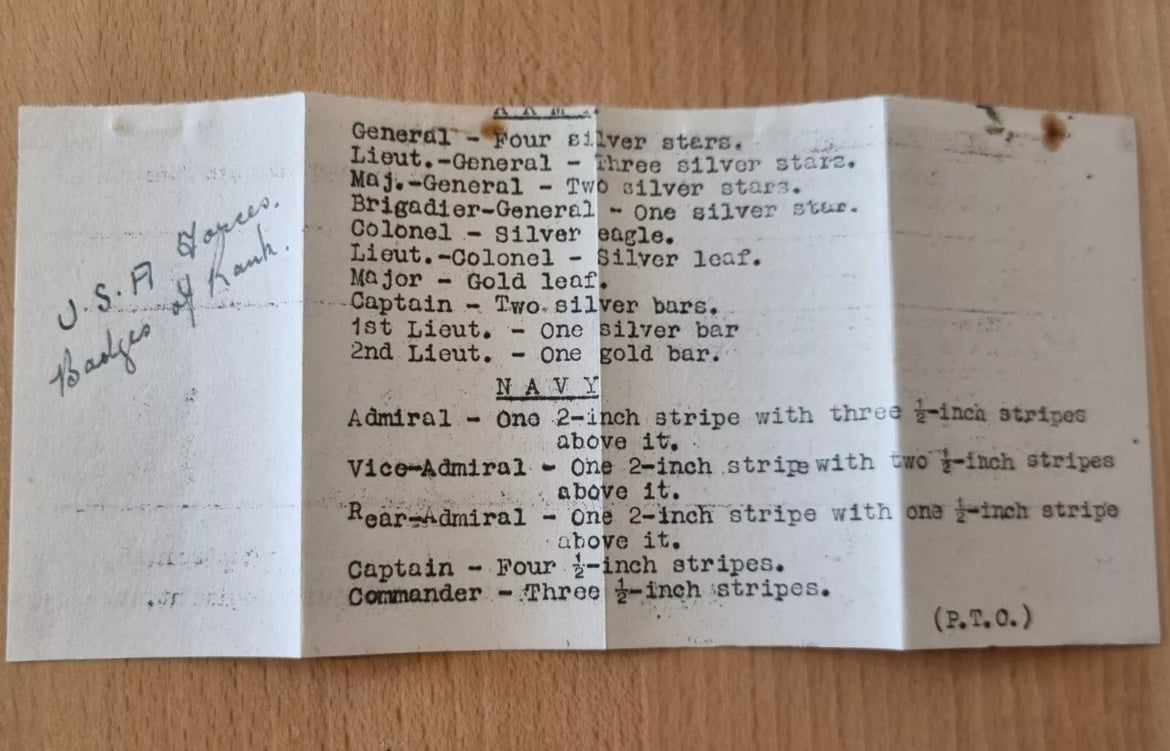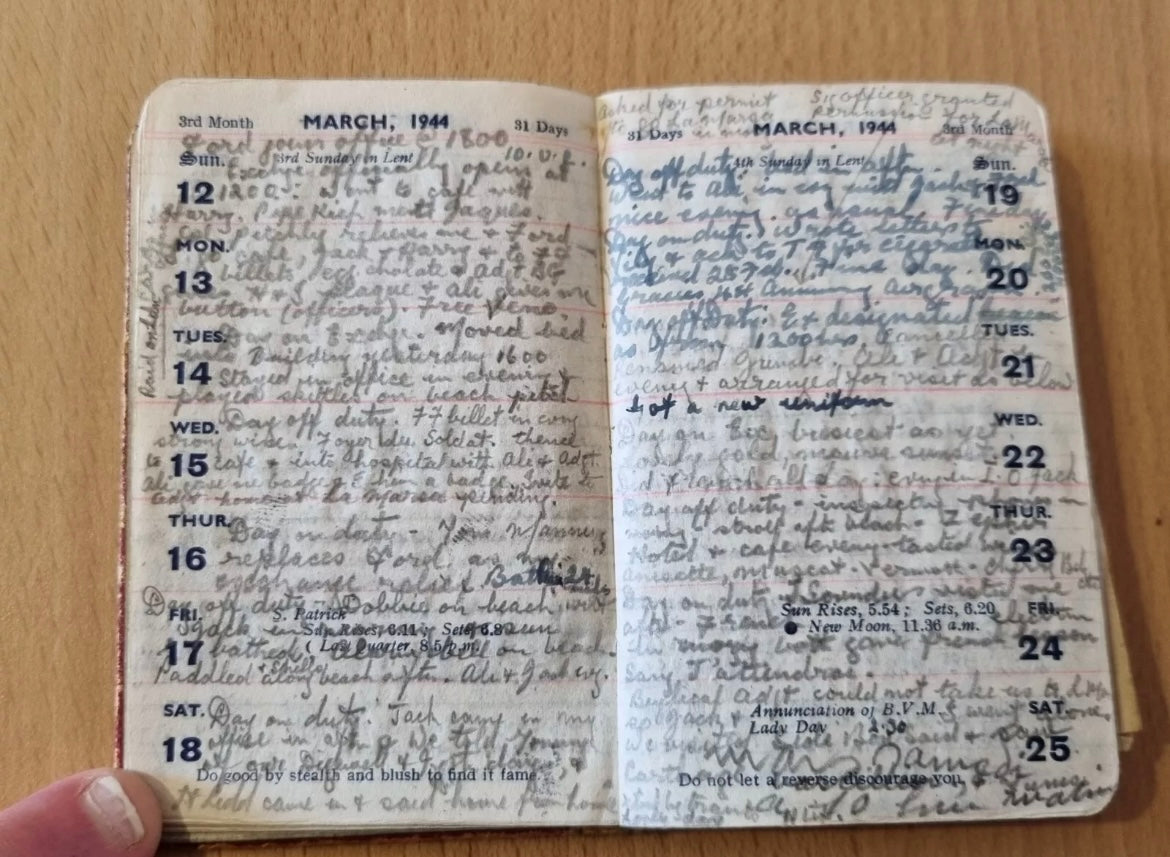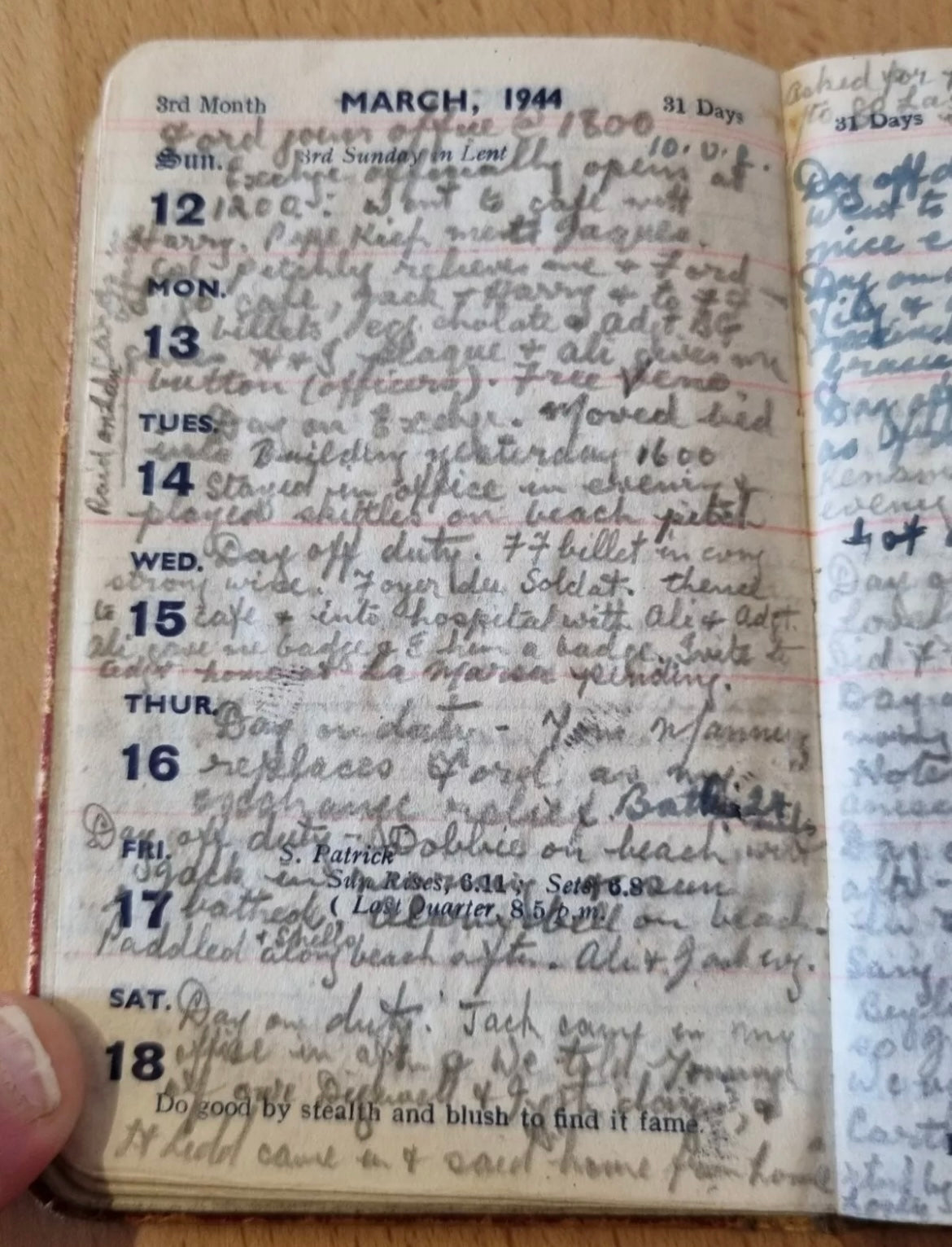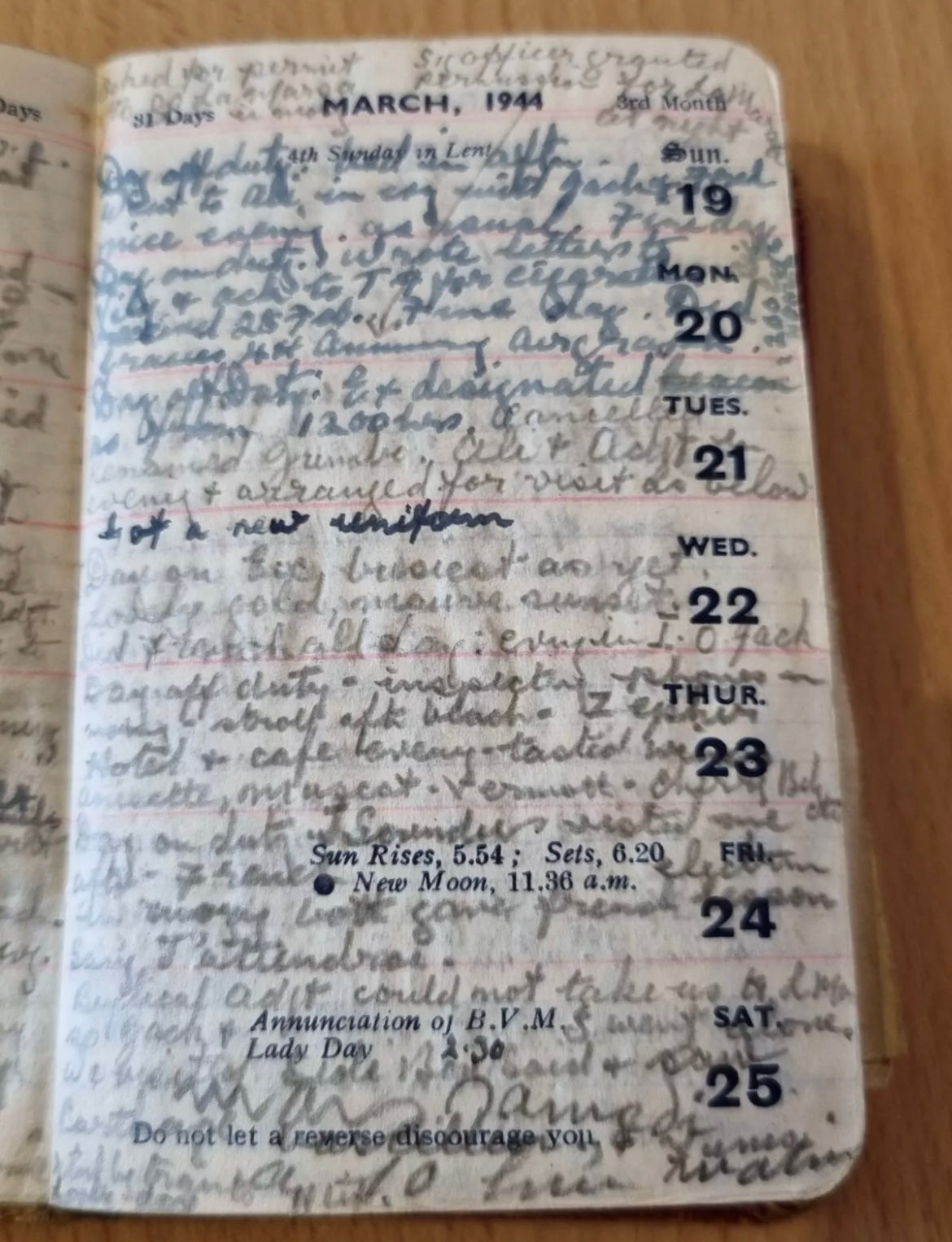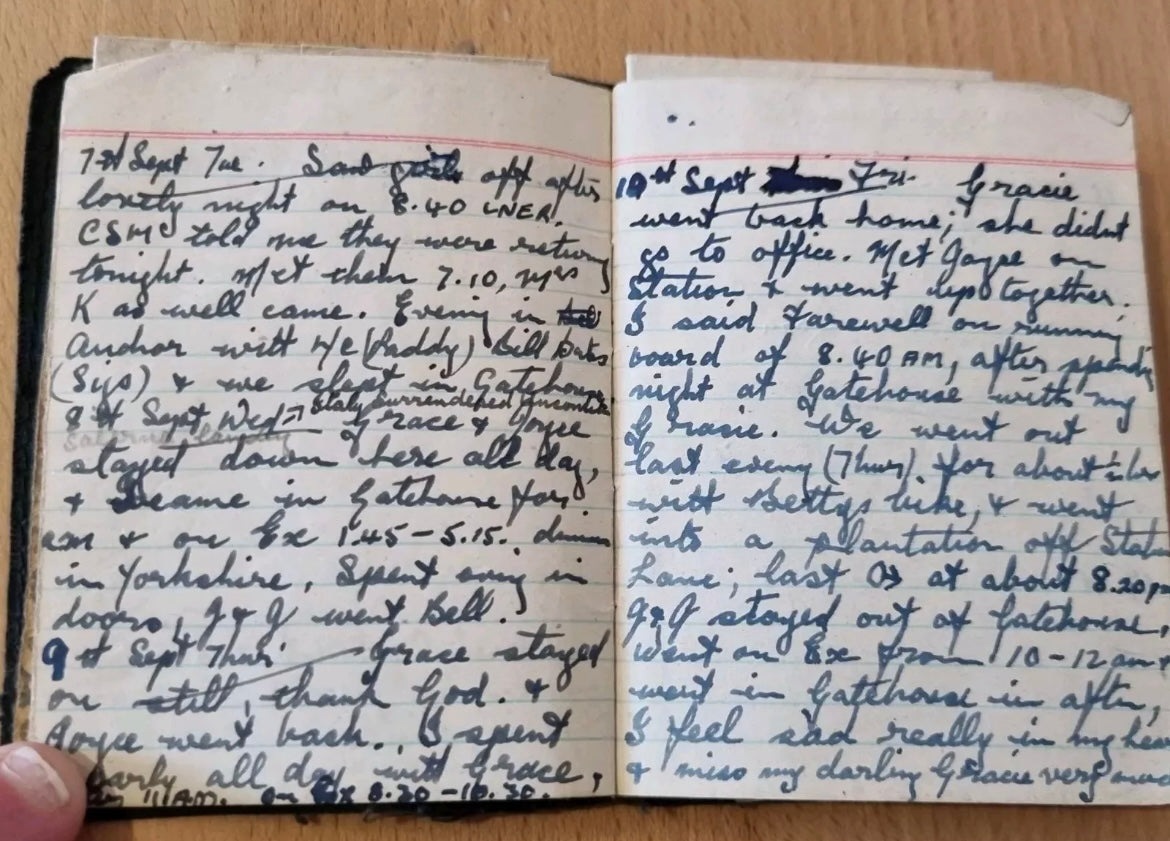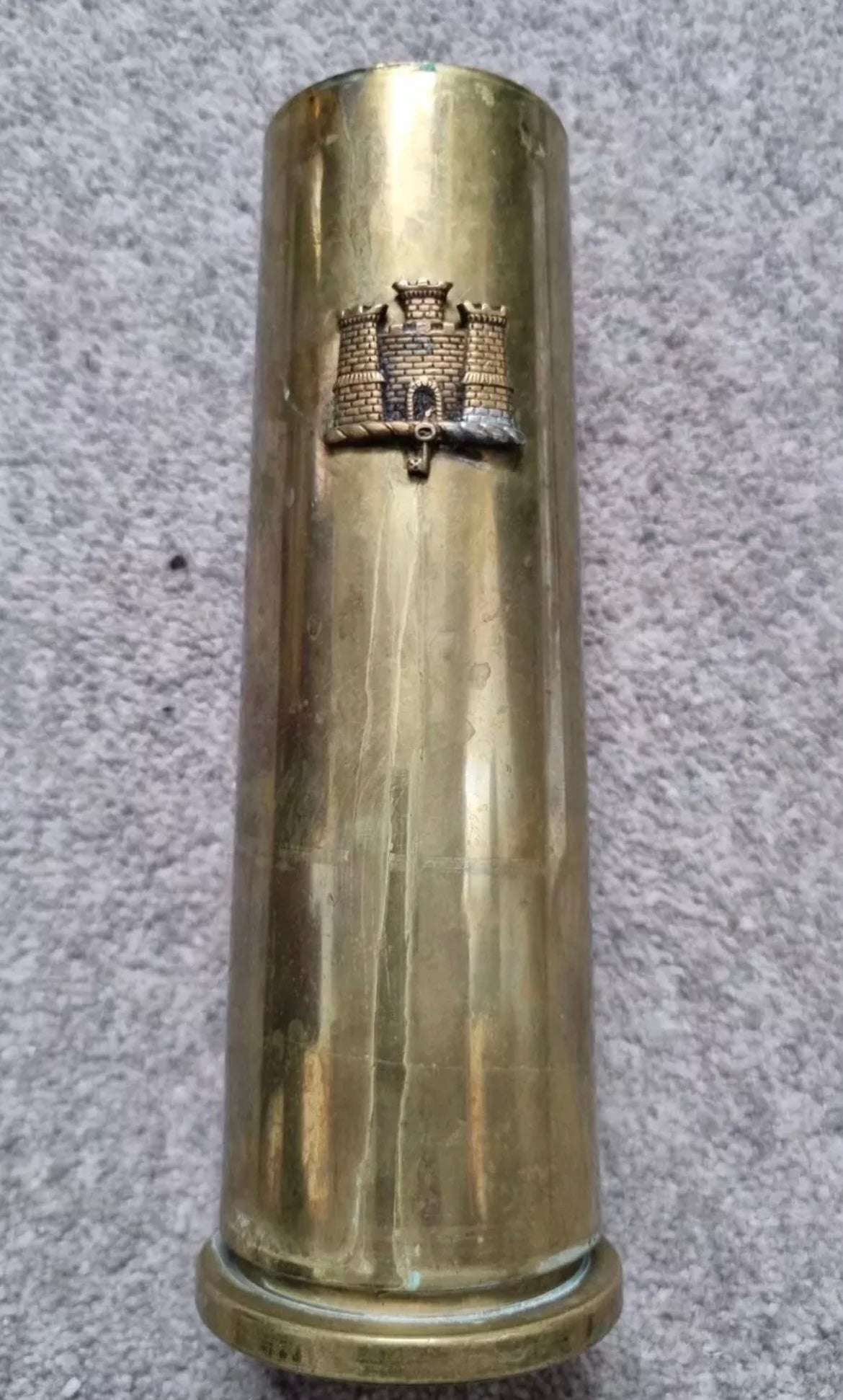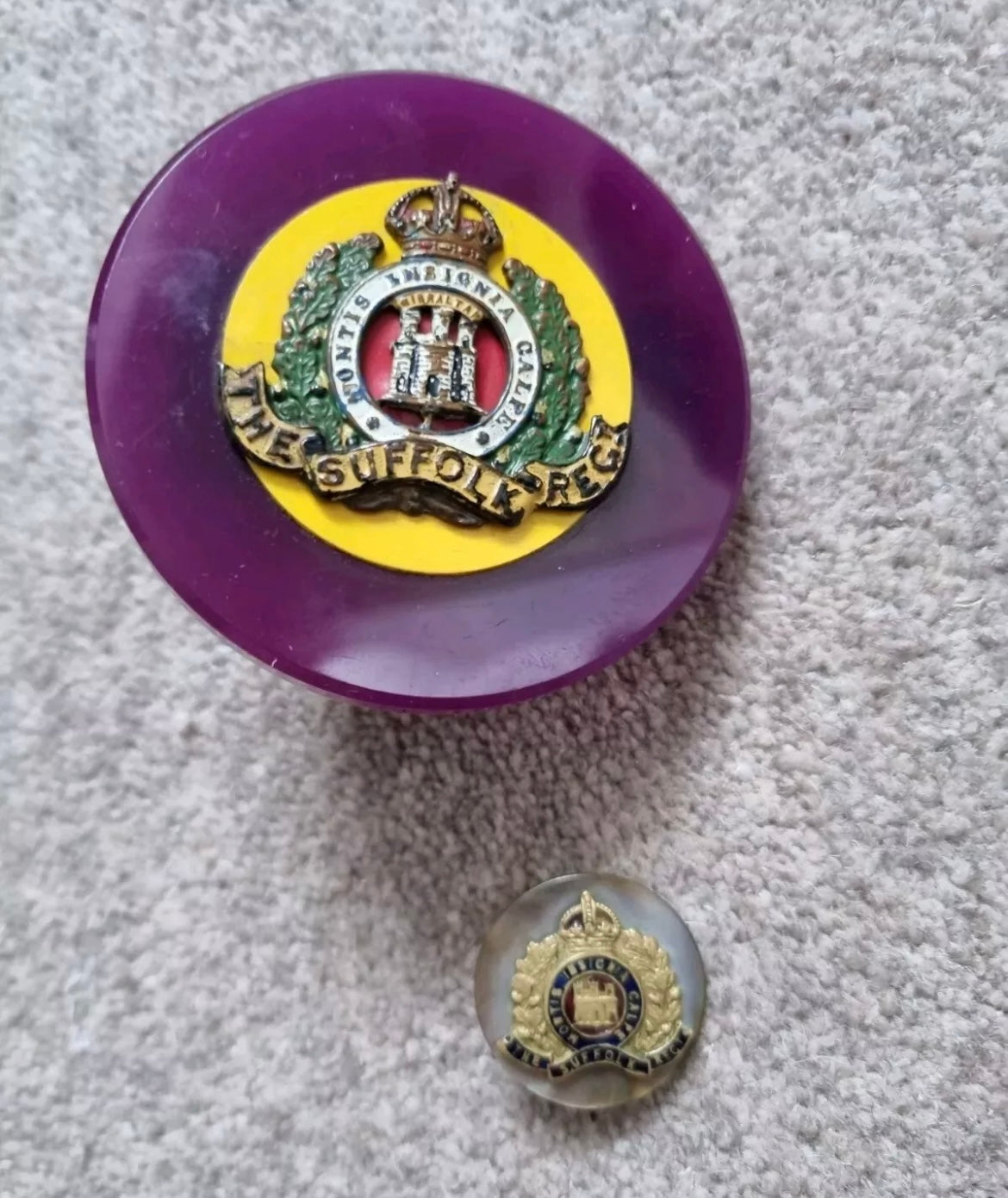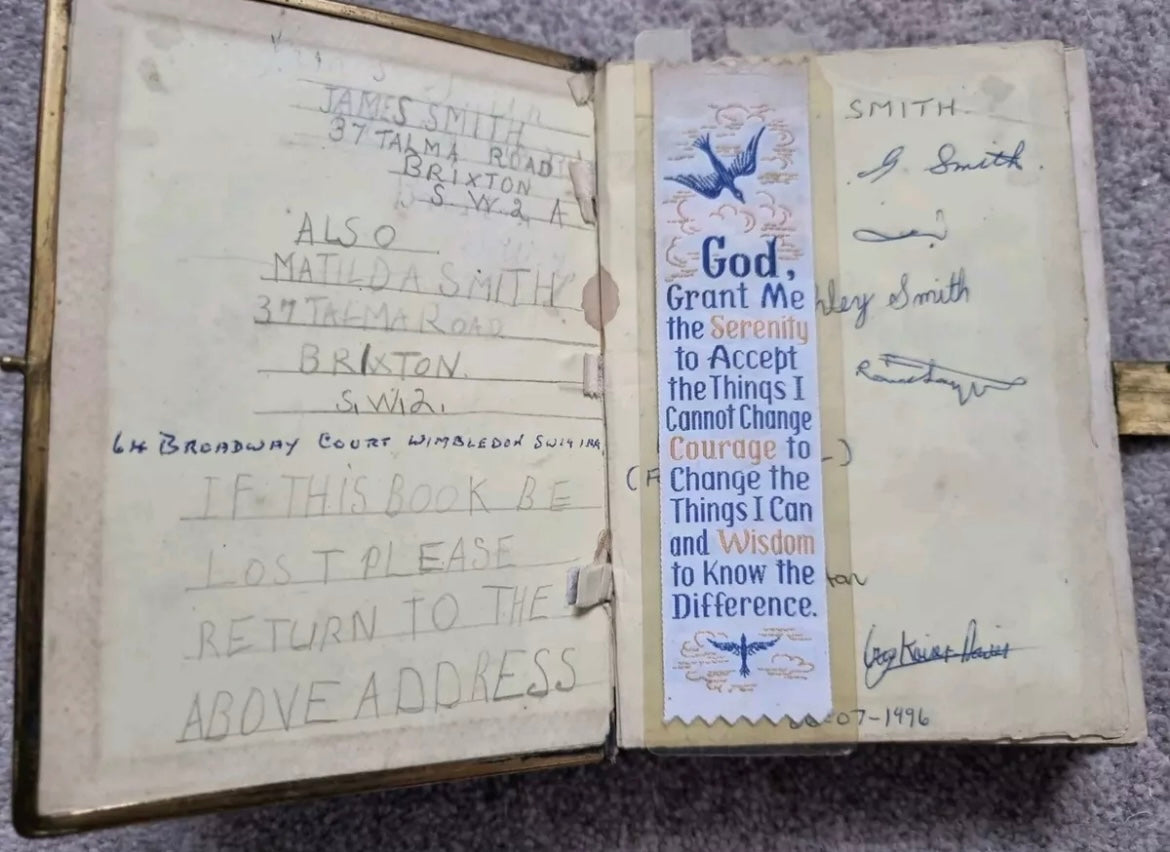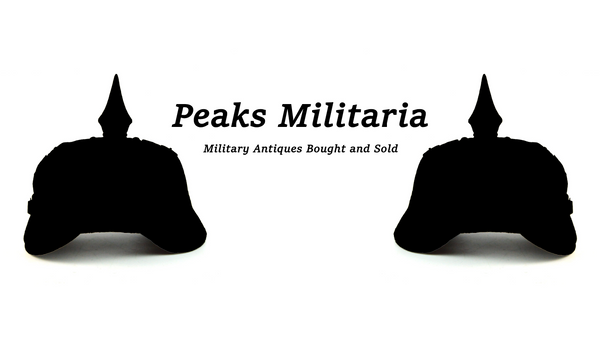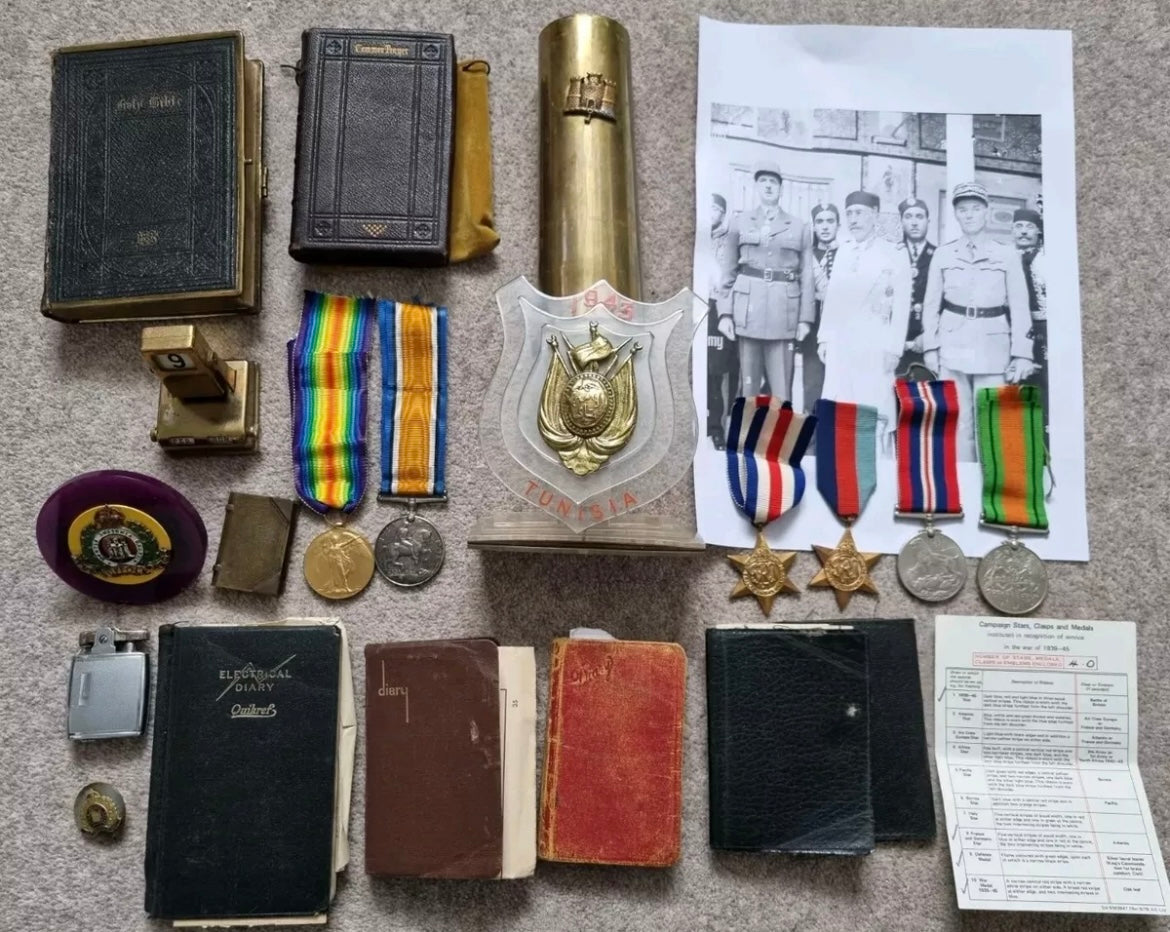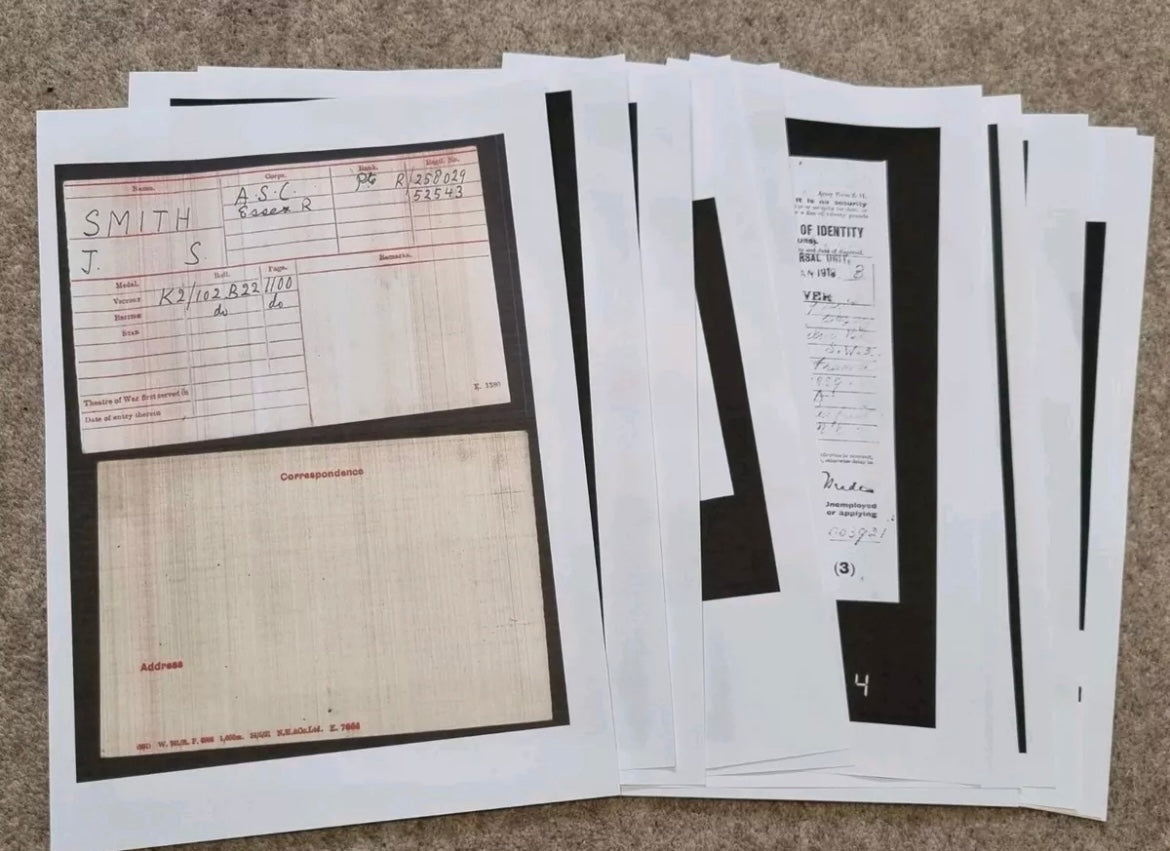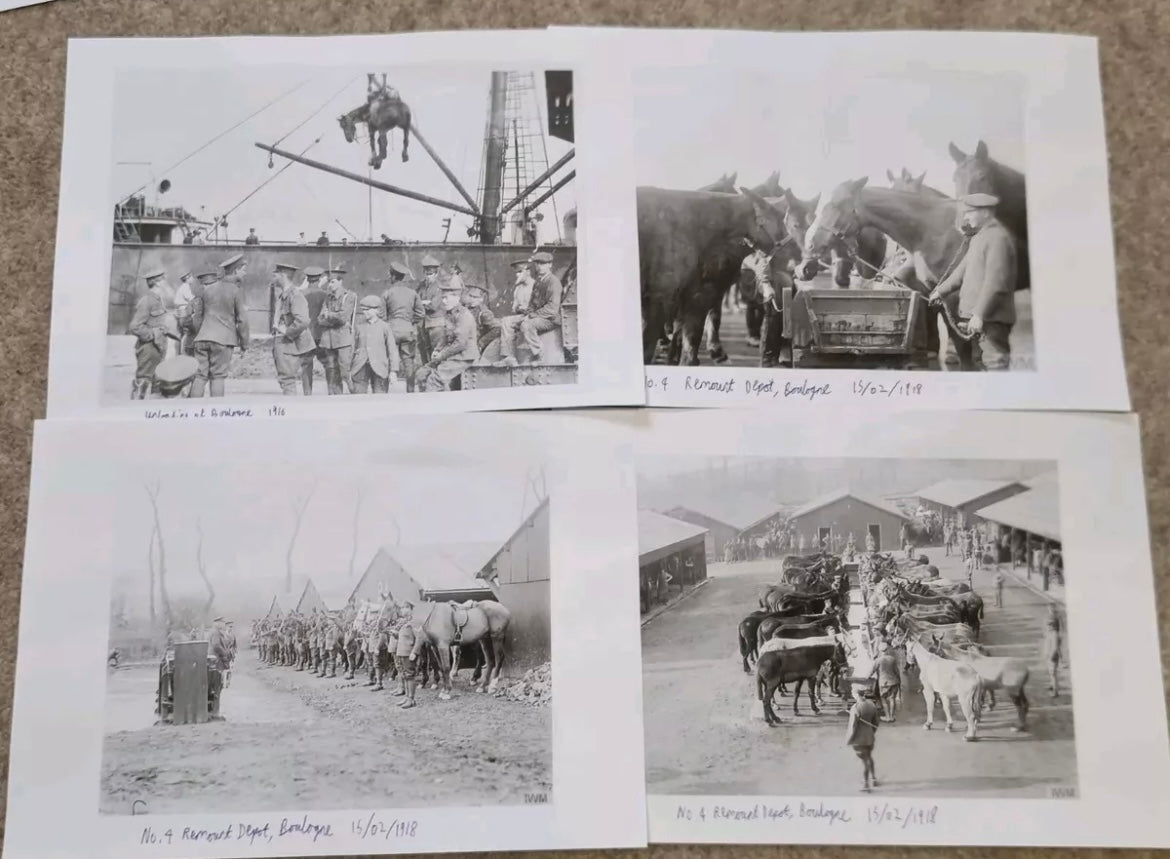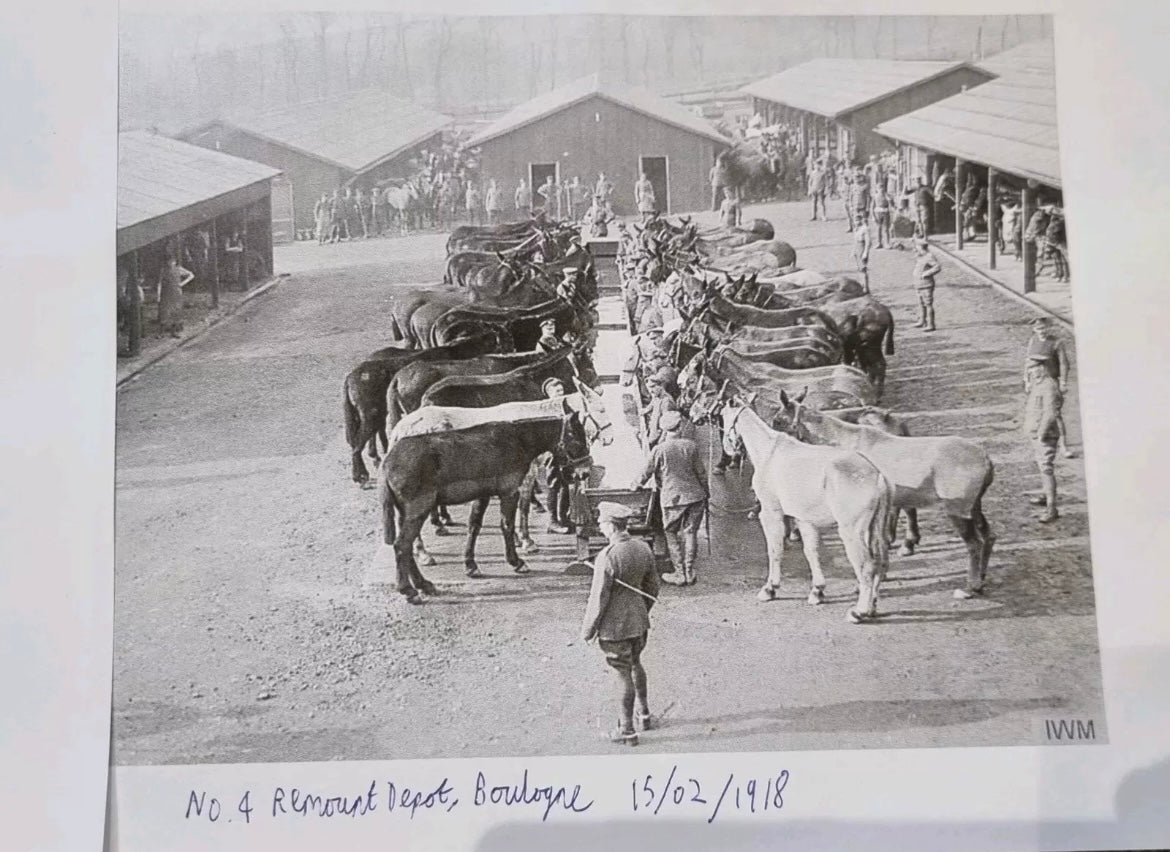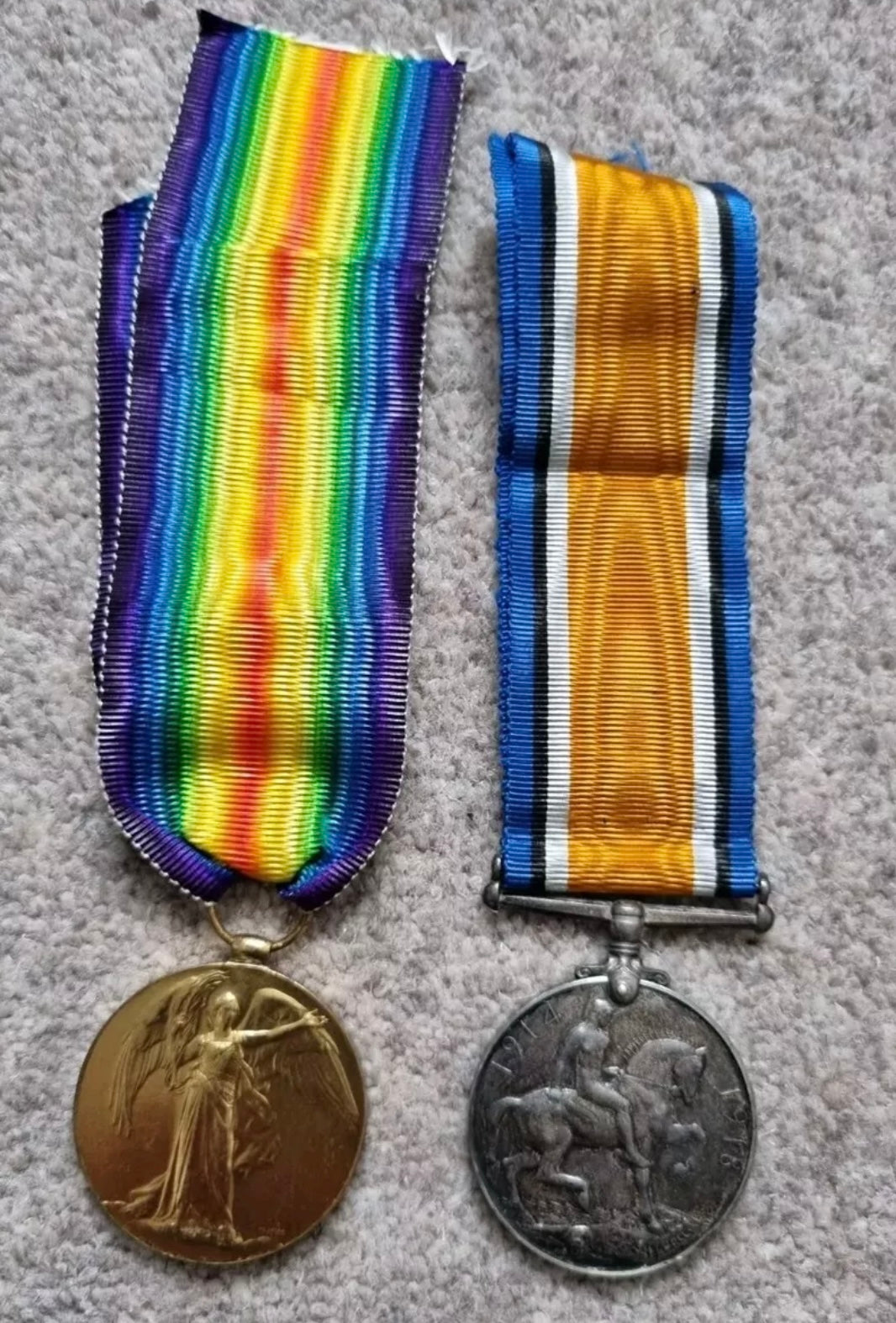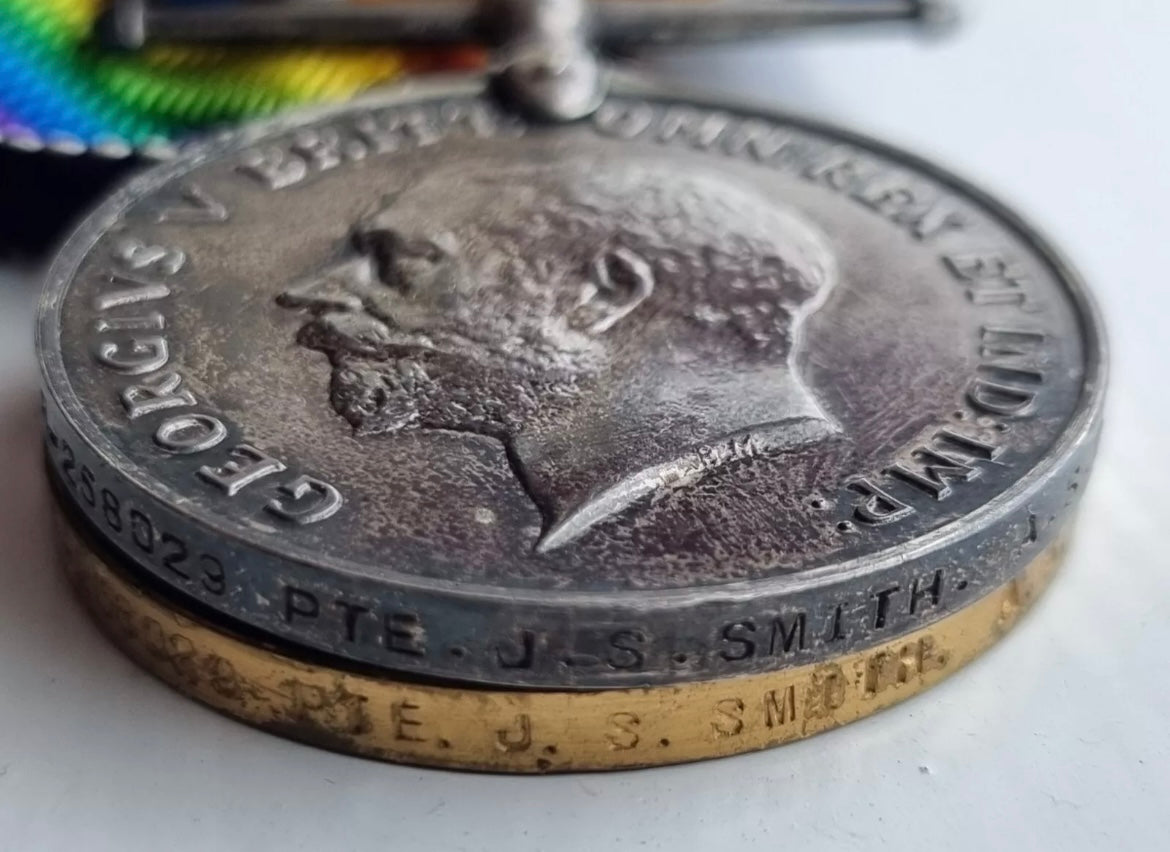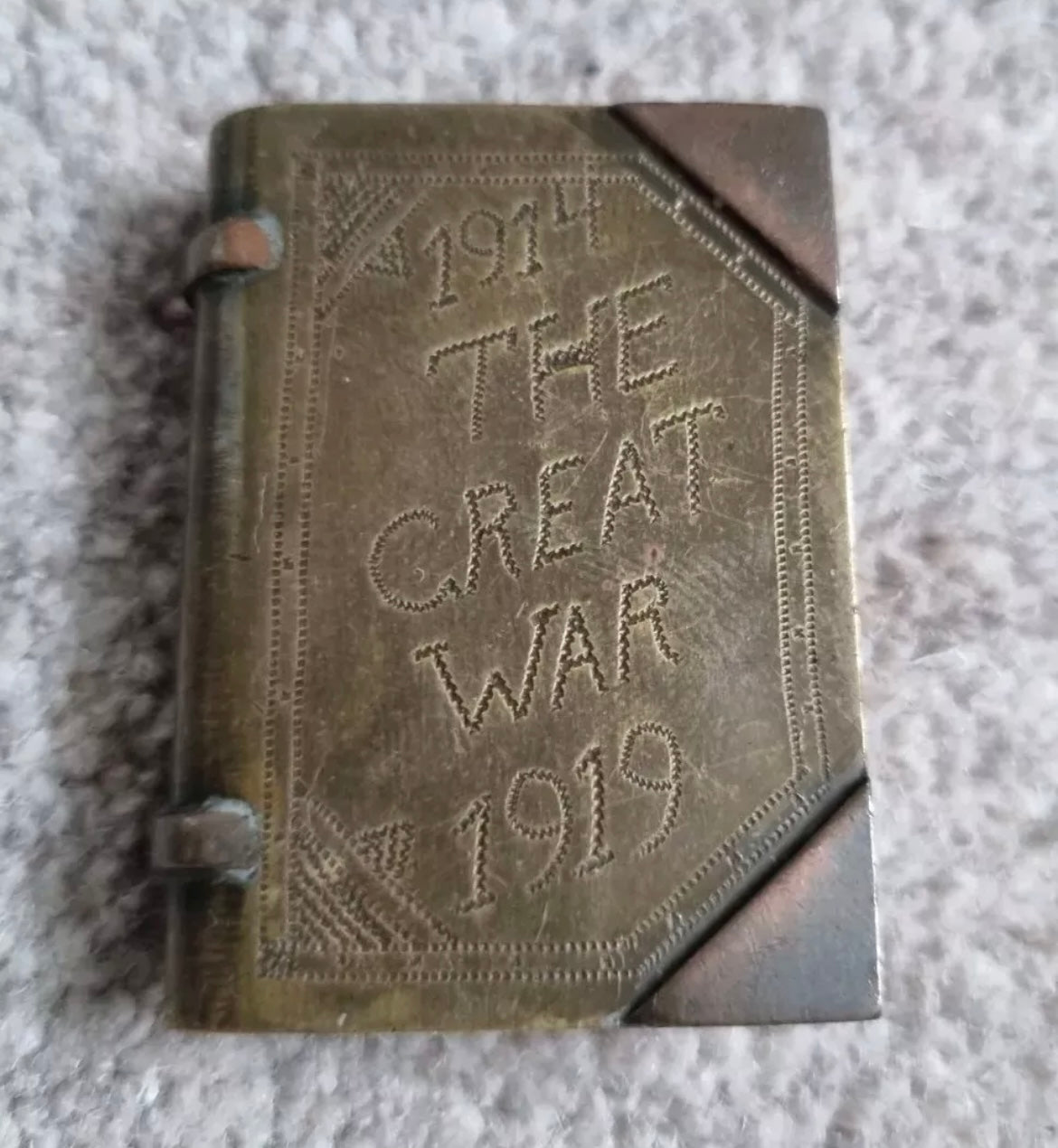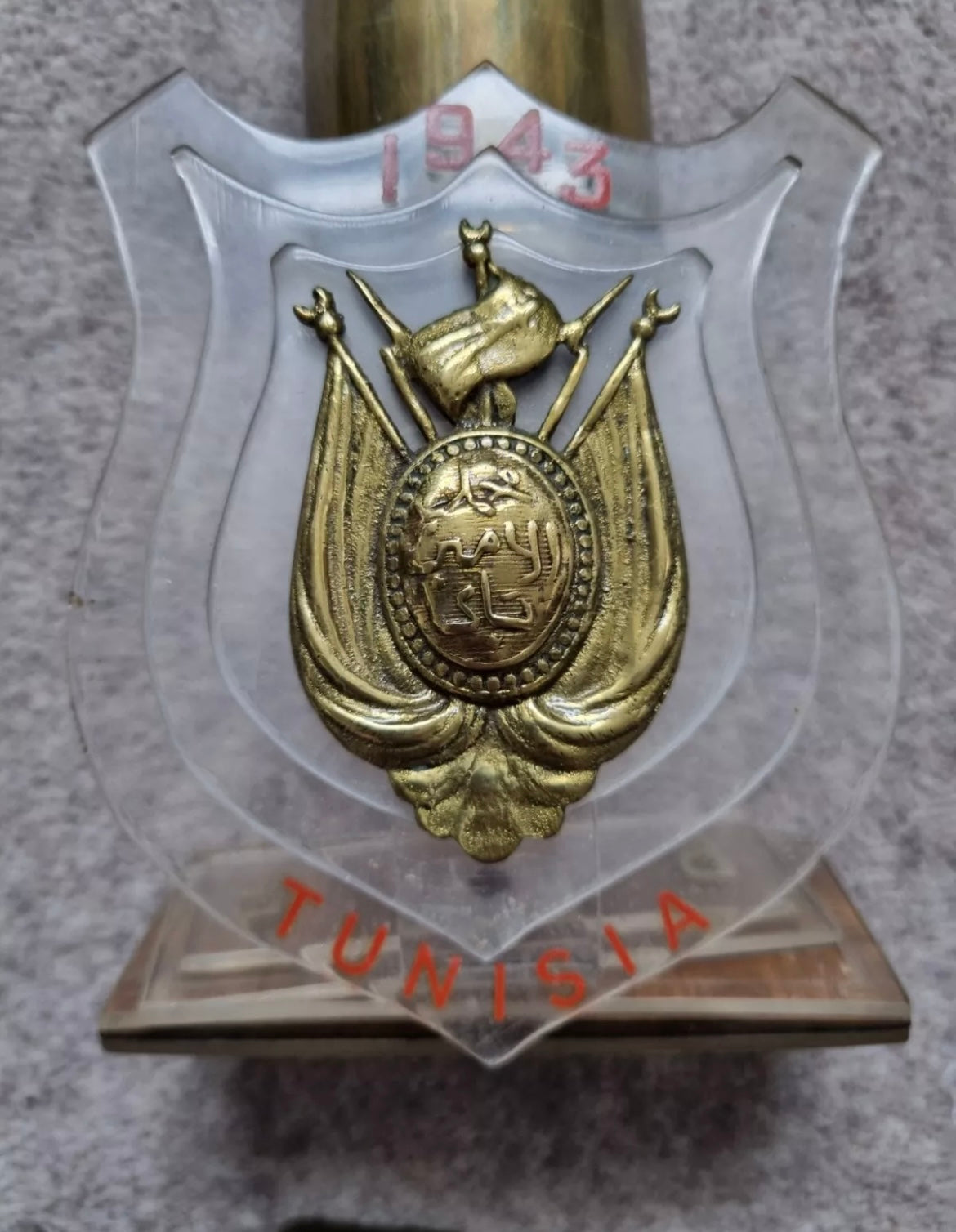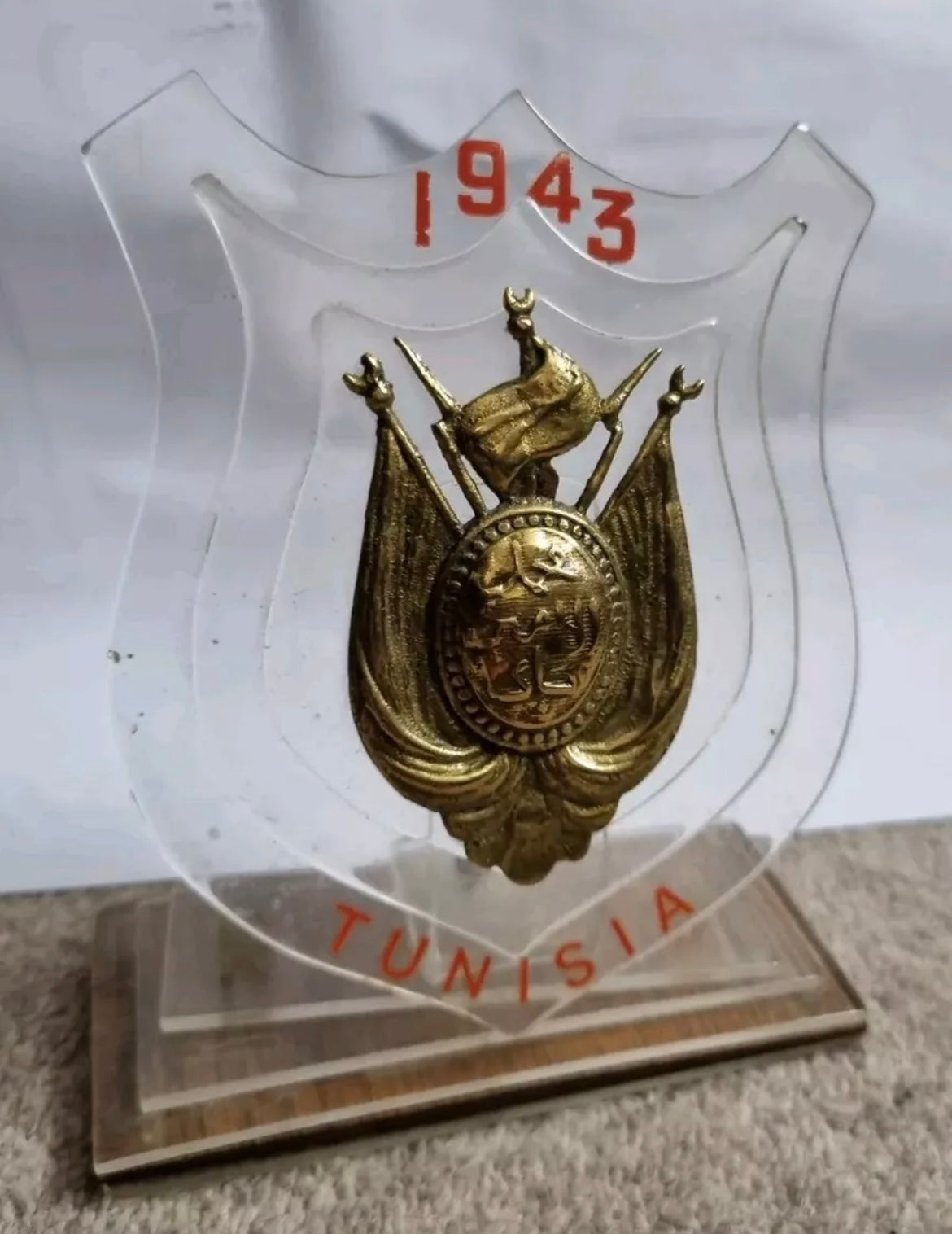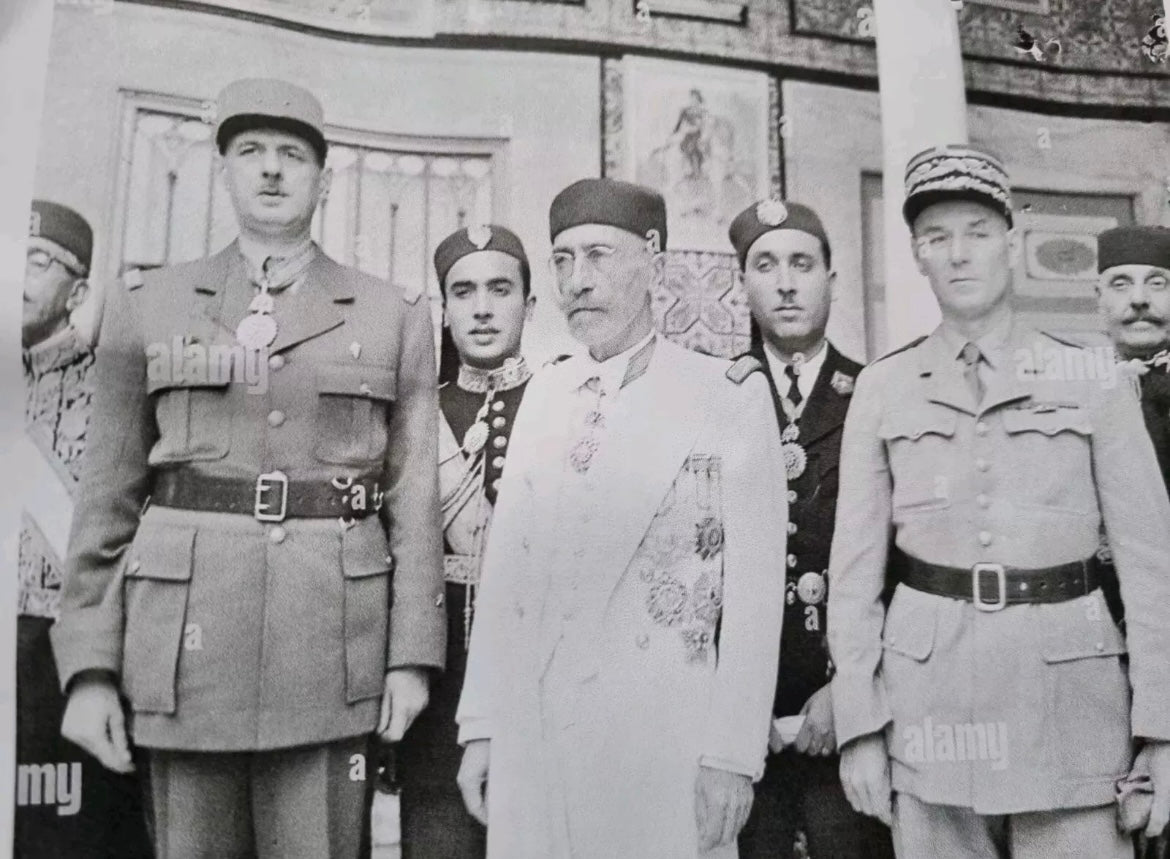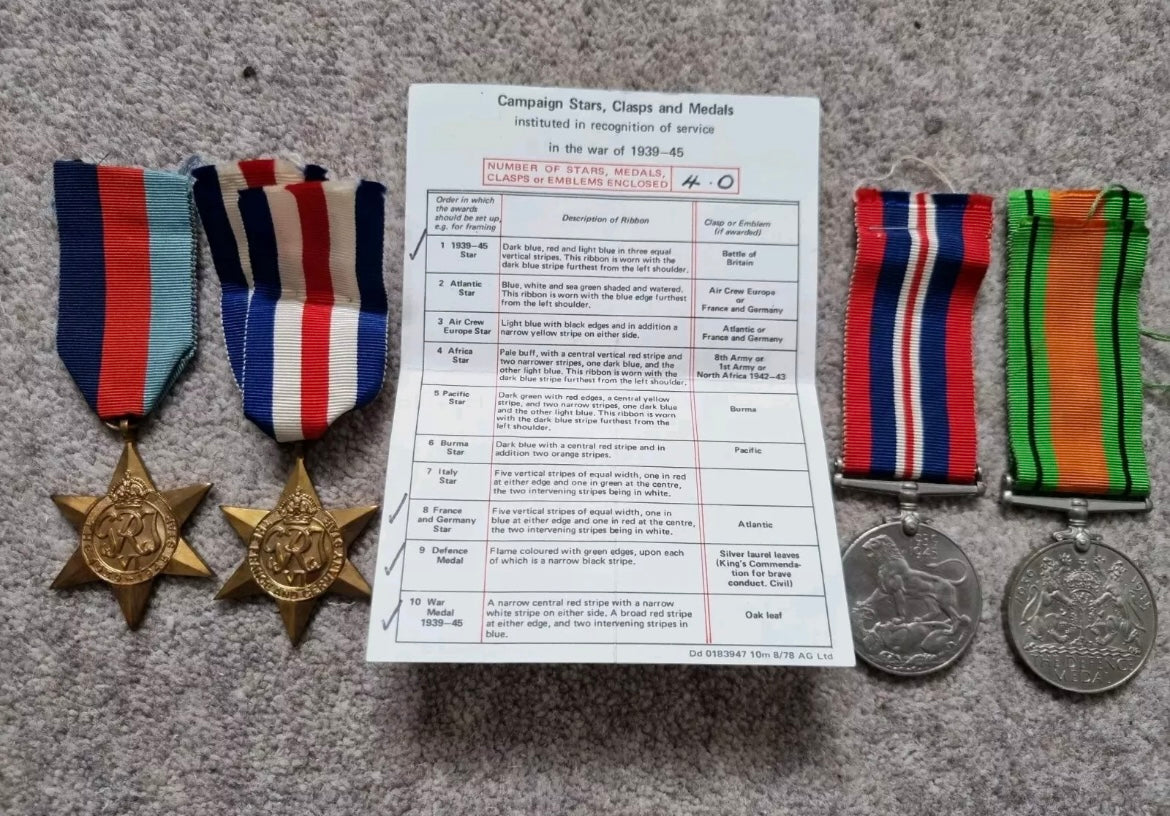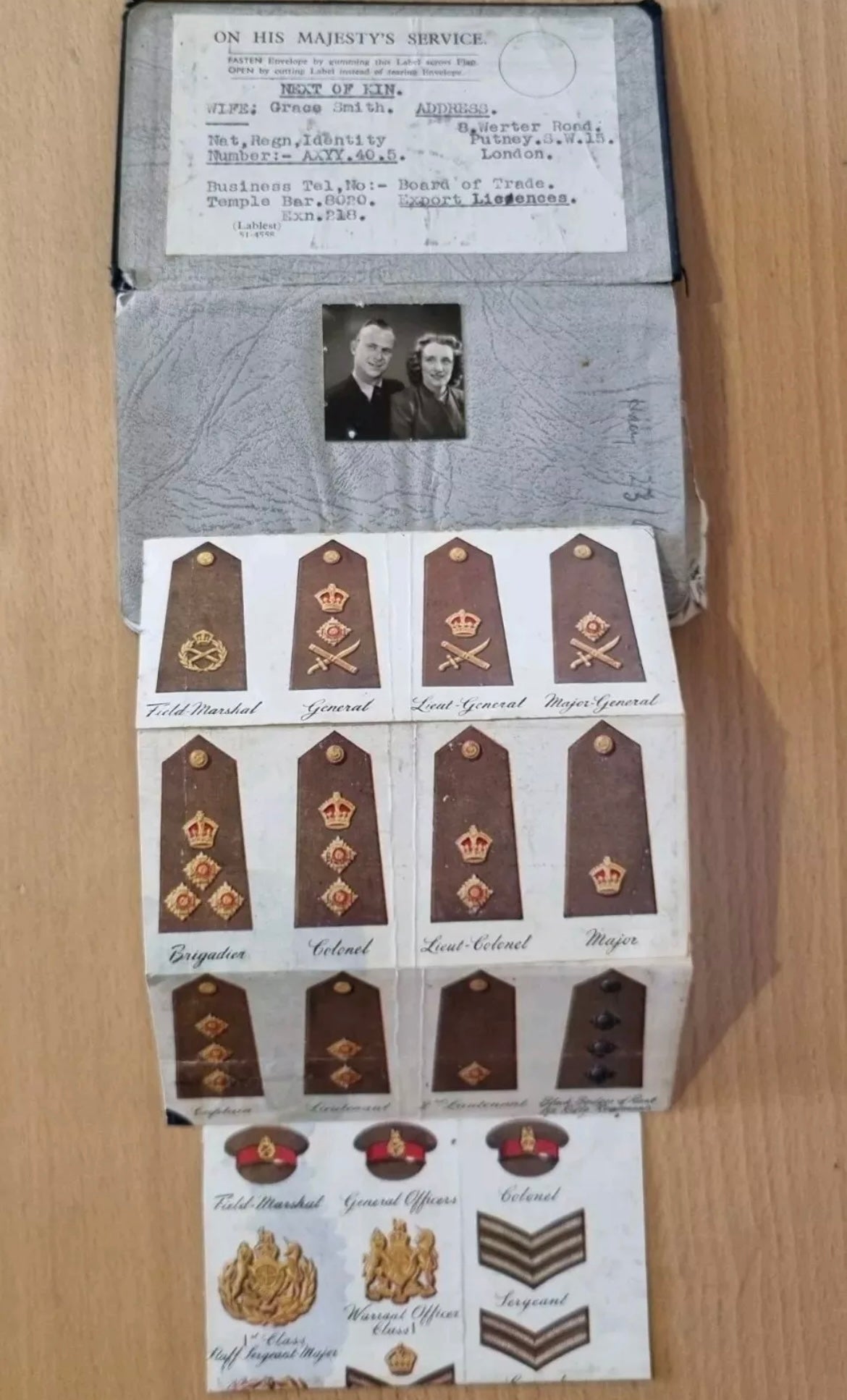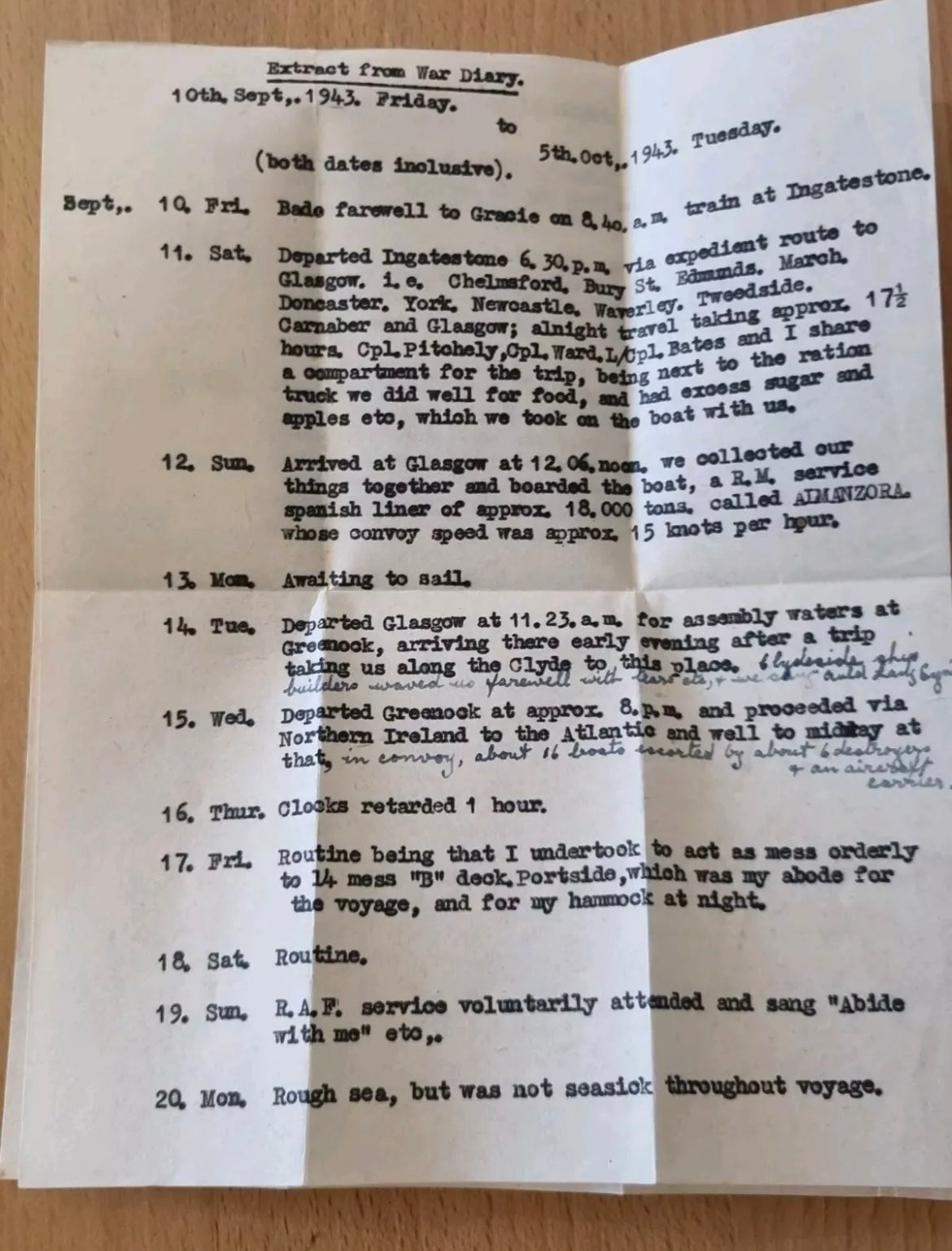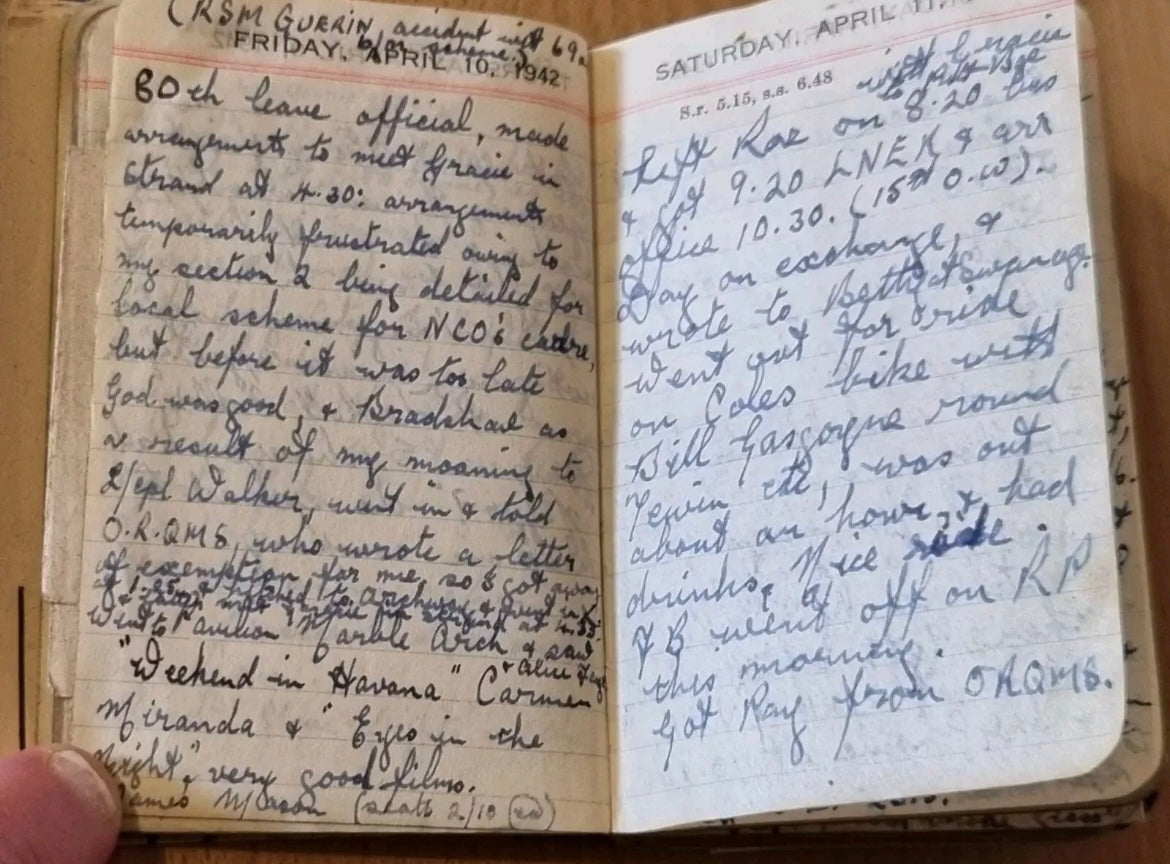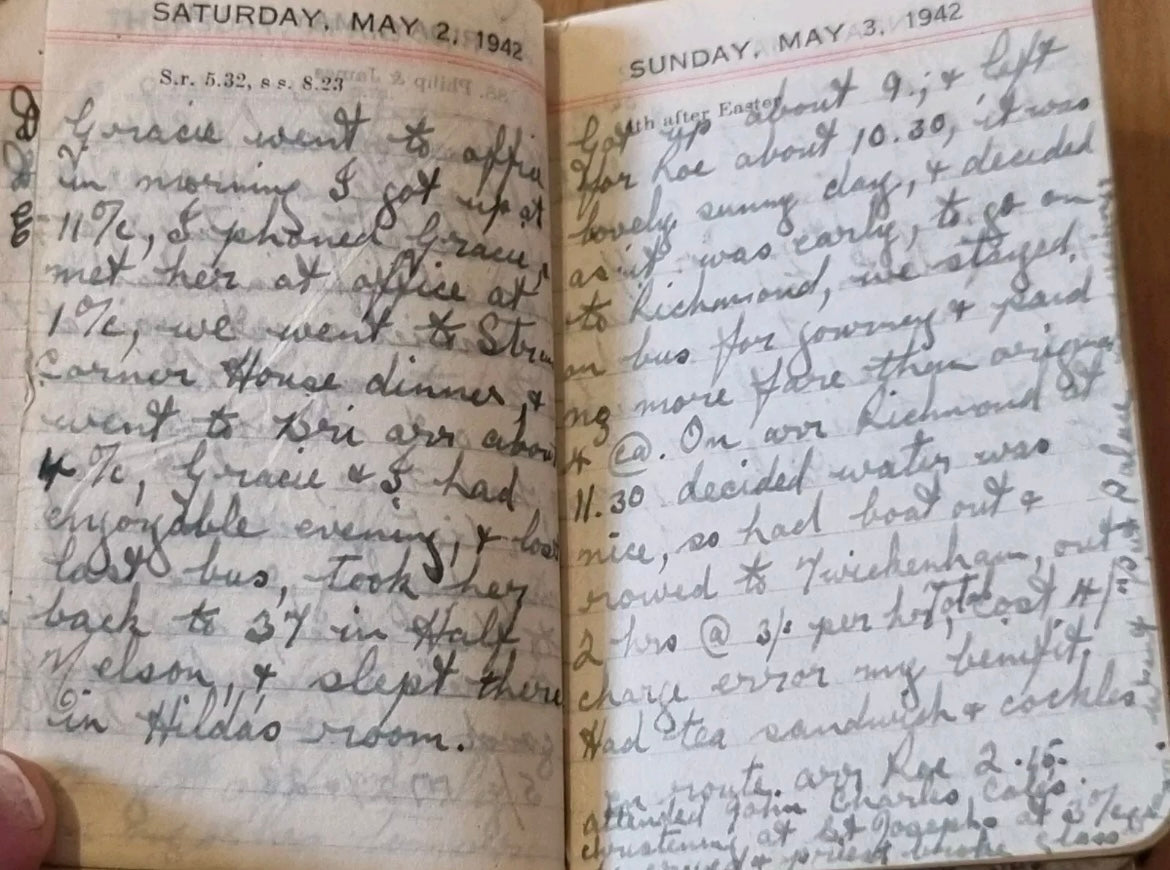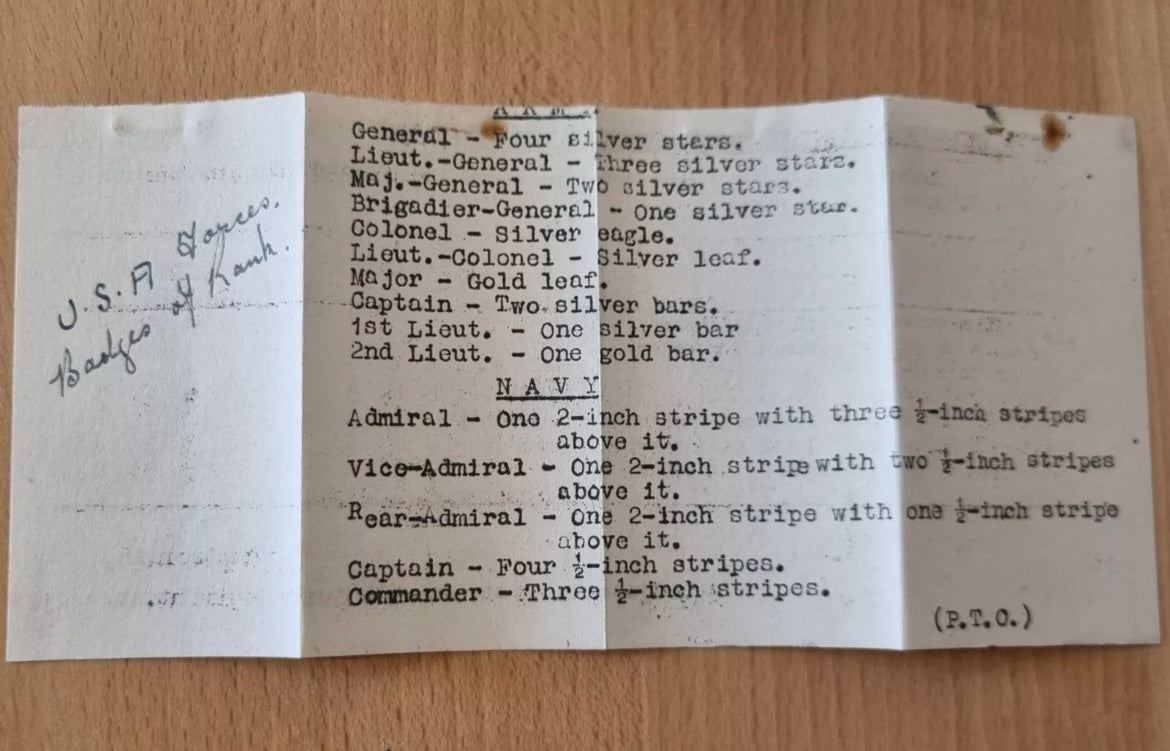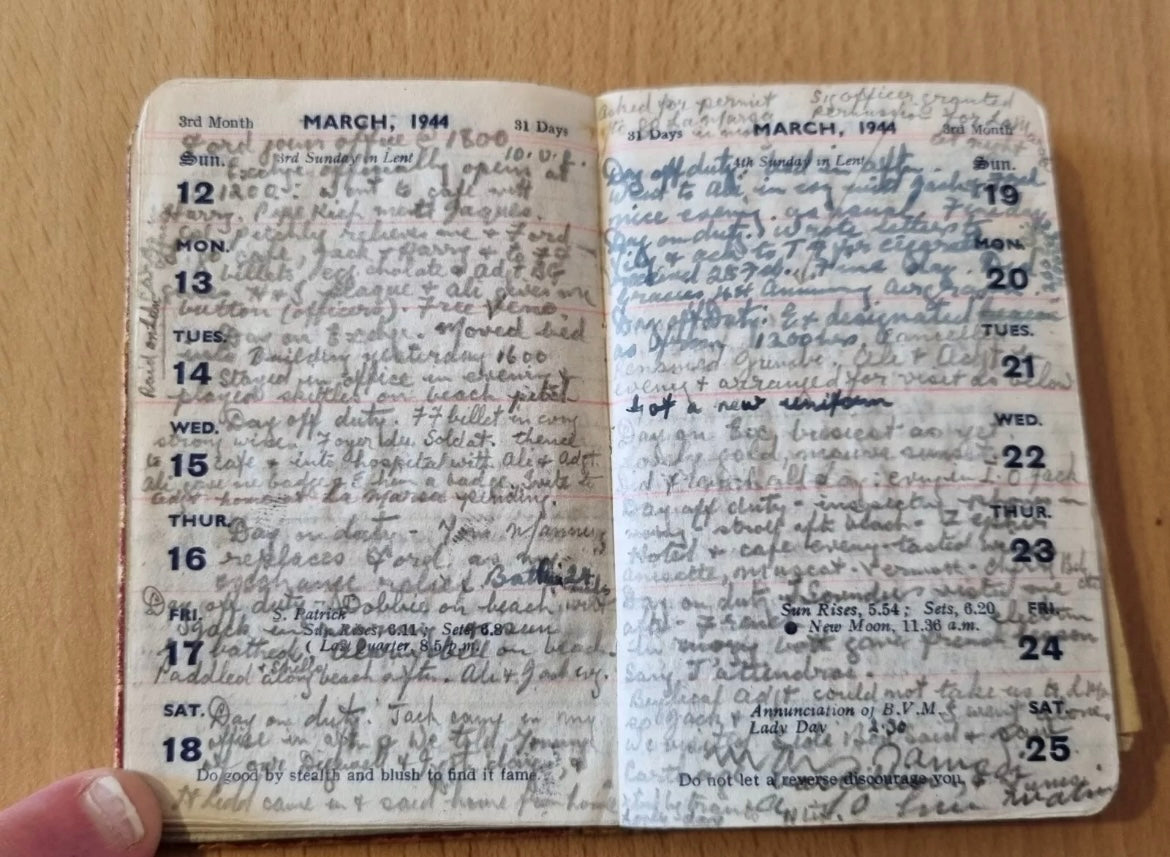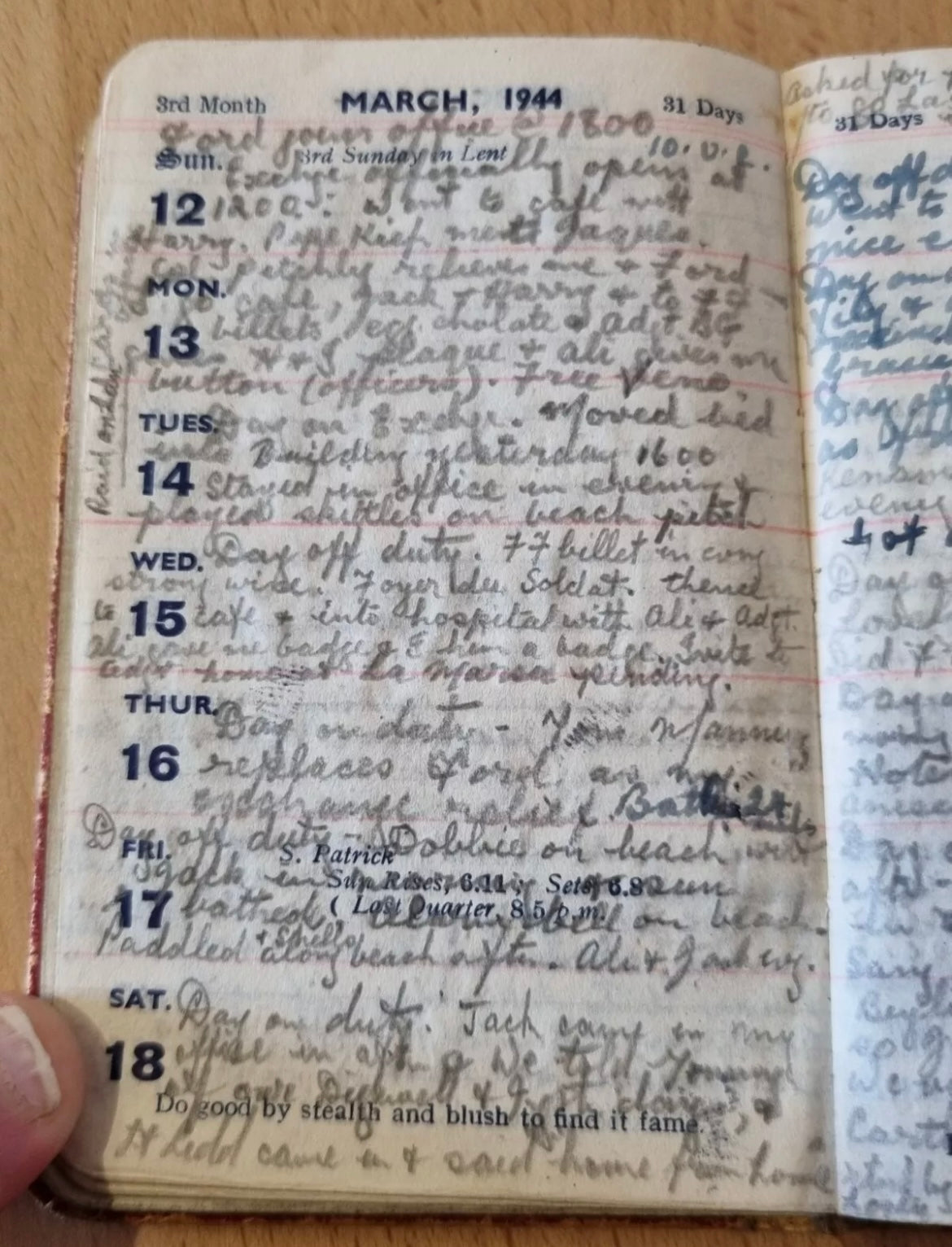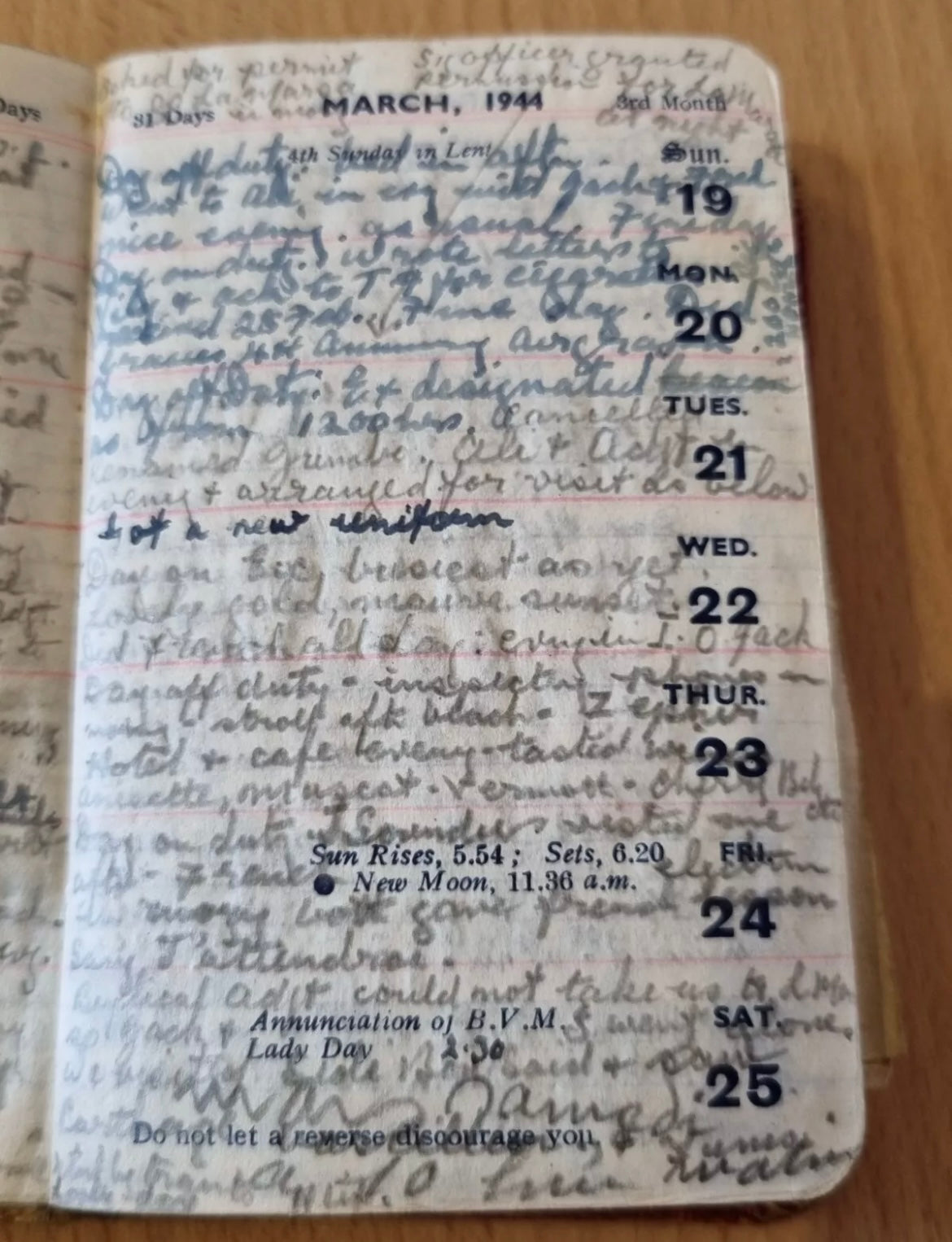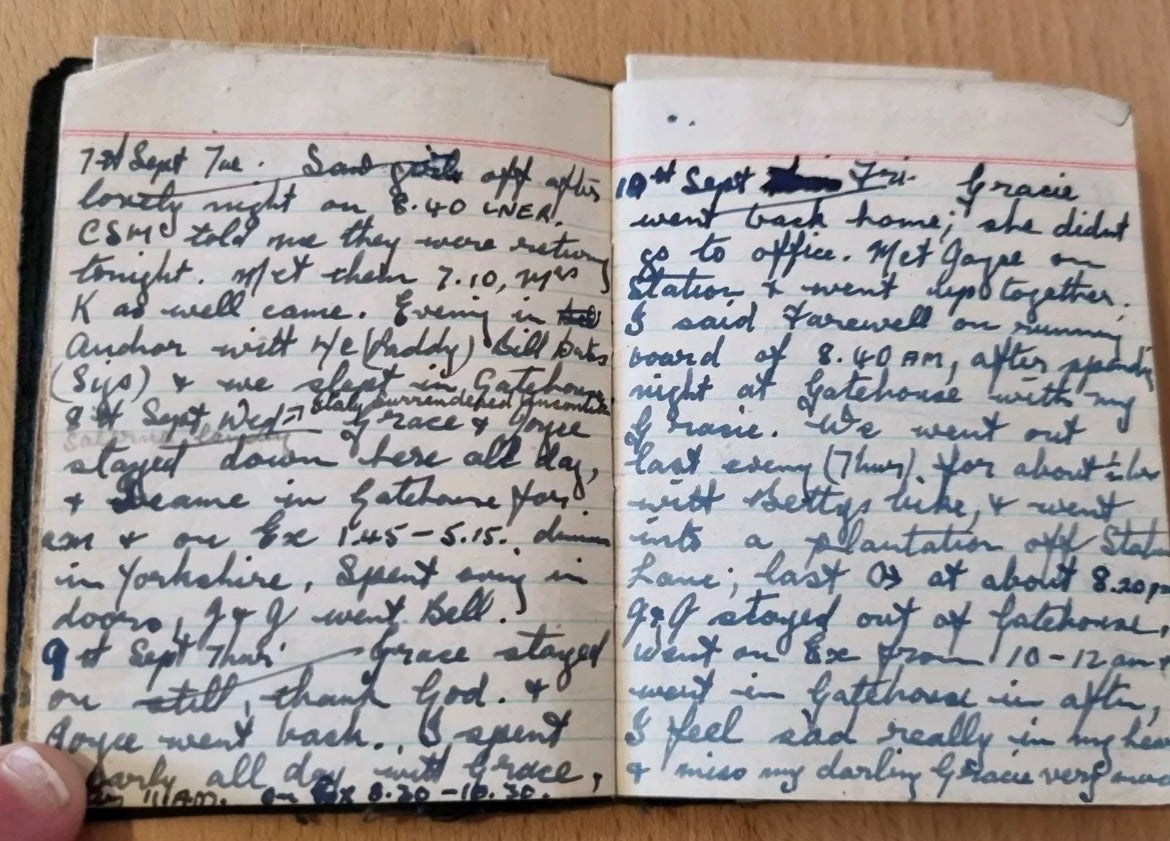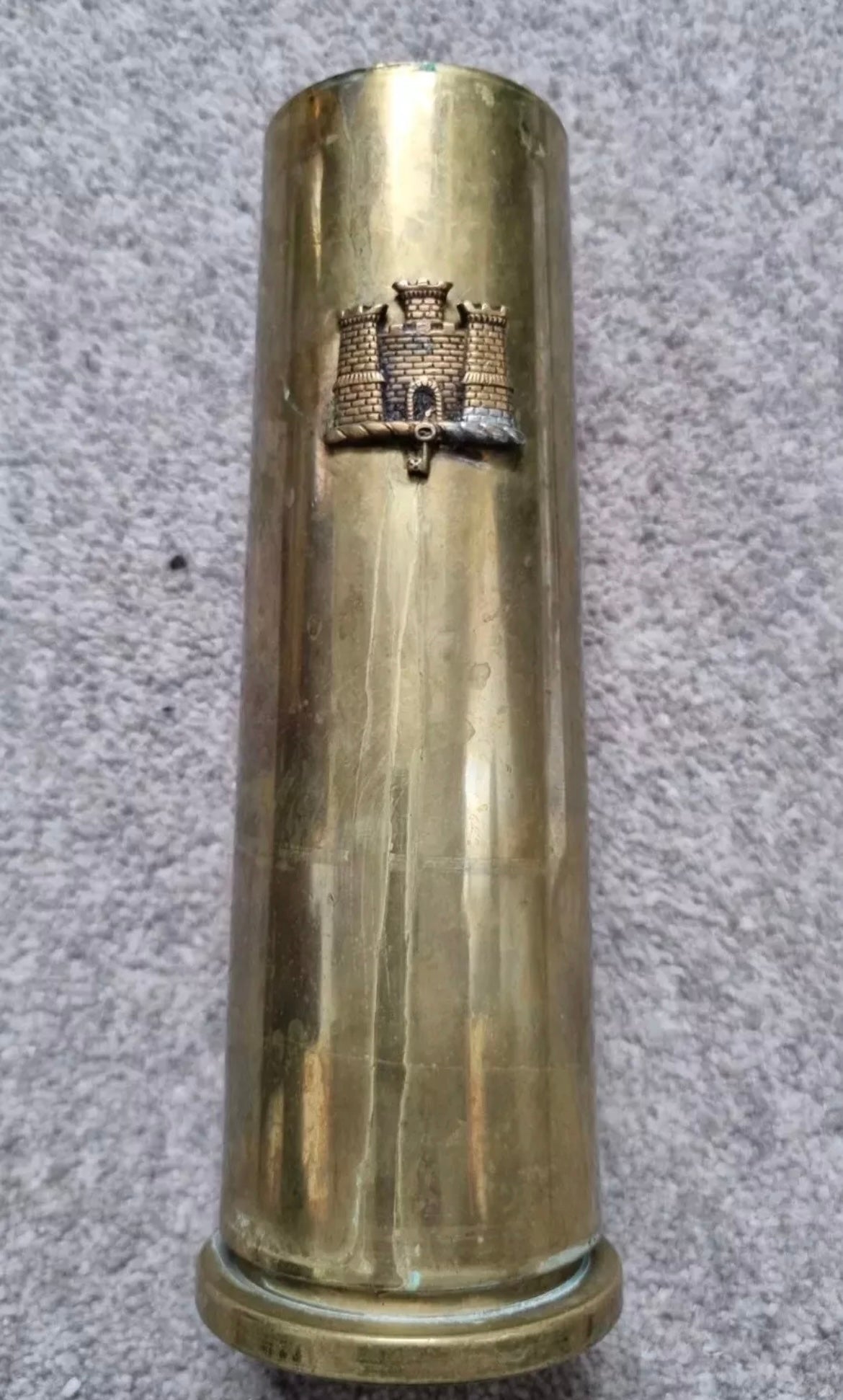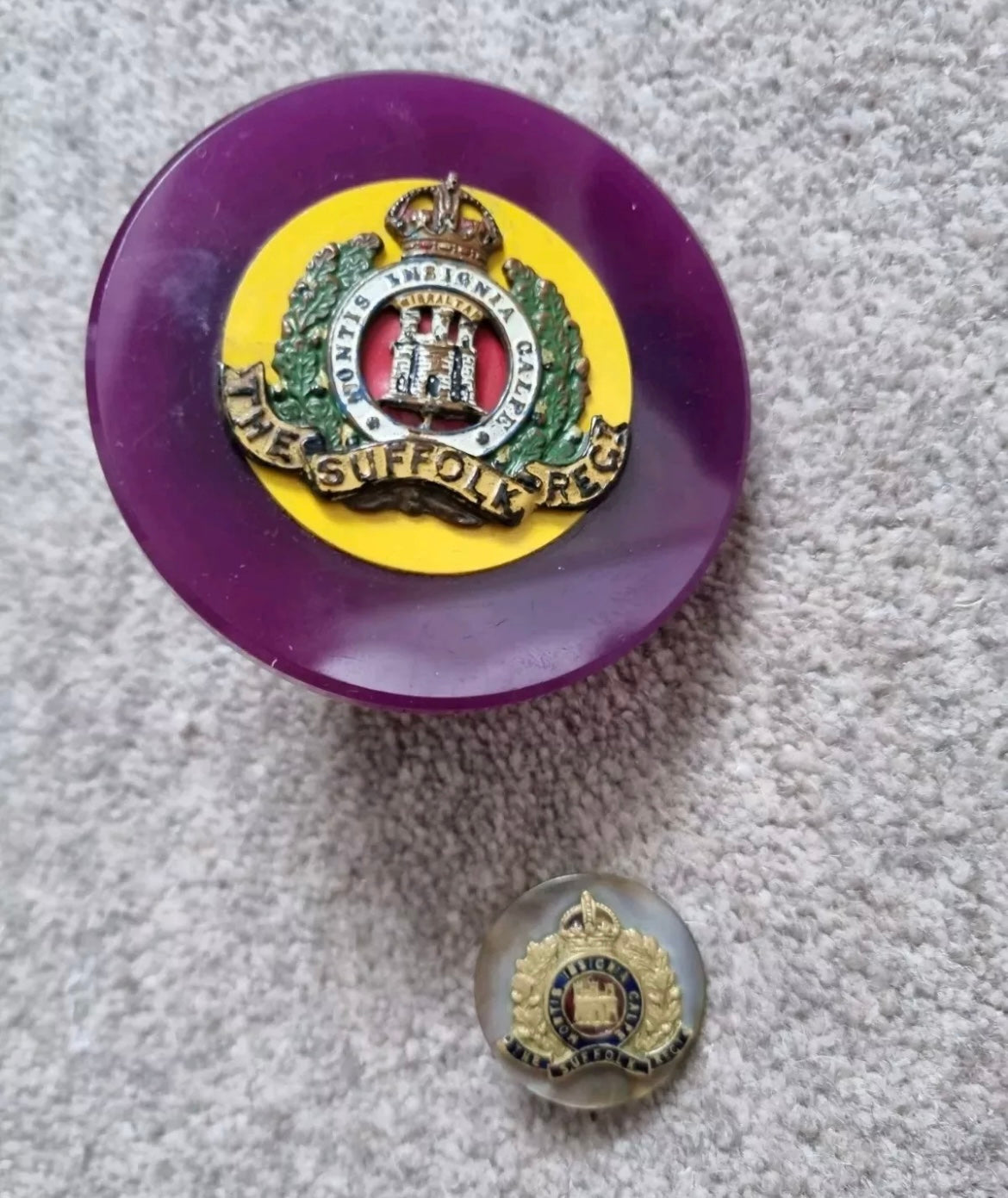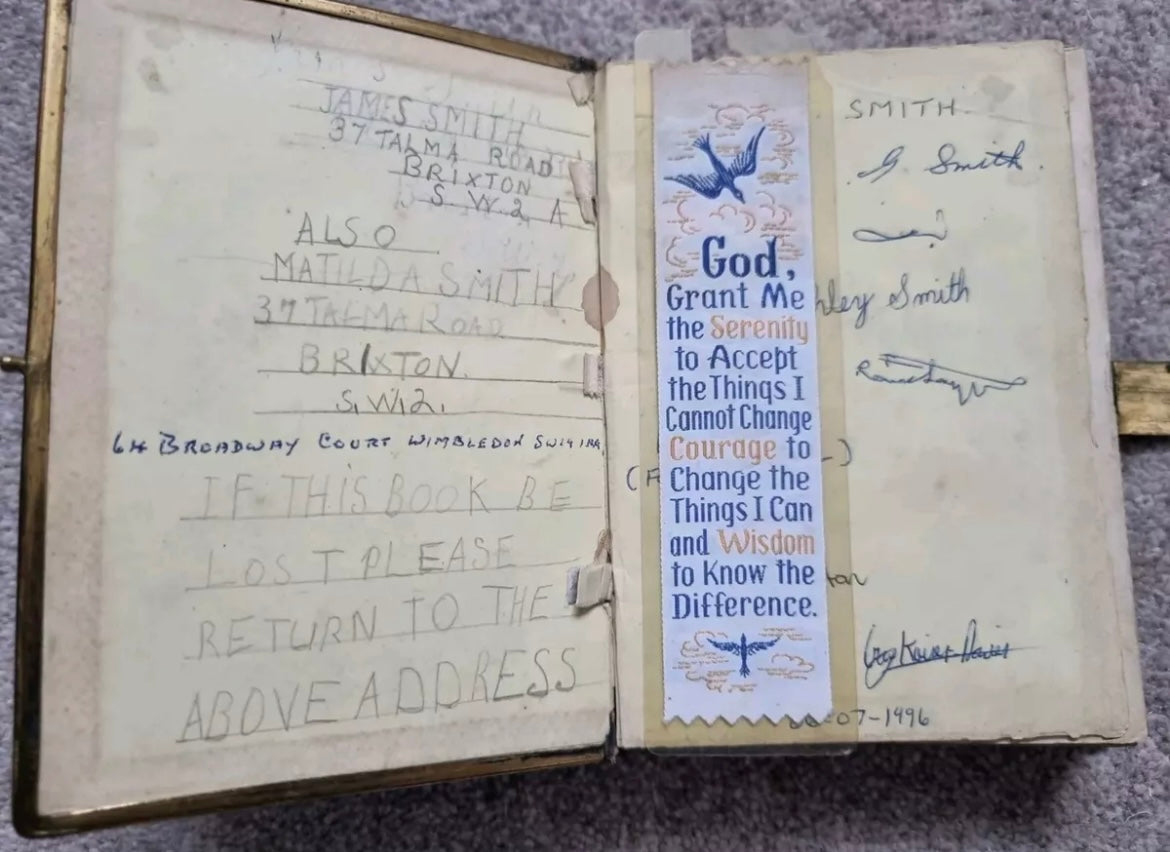SOLD! WW1 and WW2 collection for James Sydney Smith (Army Remount Service) & James Paris Smith (Suffolk Regiment)- Father and Son
SOLD! WW1 and WW2 collection for James Sydney Smith (Army Remount Service) & James Paris Smith (Suffolk Regiment)- Father and Son
Couldn't load pickup availability
WW1 and WW2 set to father and son, James Sydney Smith and James Parls Smith. The set includes 4 very detailed WW2 war diaries which are worthy of further research. Note that the set includes a very rare metal fez badge worn by one of the bodyguards to the Tunisian Head of State - the Bey.
It’s an incredibly varied and fascinating set including elements to the WW1 Army Remount Service (of war horse fame), the Suffolk Regiment, signals and the Tunisian Bey.
Private James Sydney Smith (R/258029, 52543)
Born 1889 in Walworth, Surrey. He later became a plumber and married Mathilda Nickels (Smith), a spinster, in 1913 before celebrating the birth of his son, James Parls Smith in 1914.
In 1916, he enlisted to the Army Service Corps Remount Service, C Squadron, Swaythling Depot with service number R/258029, before embarking on the Invictor to Boulogne in February 1917.
The Remount Service, of War Horse fame was responsible for the purchase, training and provisioning of horses and mules to all other army units, it was a very small unit, consisting of only around 200 men per depot. In France he was posted to No 4 Base Remount Depot in Boulogne from February 1917, see attached pictures.
Compulsorily transferred to the 11th service battalion of the Essex Regiment in June 1918 with service number 52543.
• Named War and Victory Medals
• WW1 Rouen handmade lighter with Great War motif
• Modern research including service record, medal card and pictures of the no.4 remount depot.
Private James Parls Smith- WW2
The rest of the set belongs to his son, James Parls Smith, born 30/04/1914 and later married to Grace Cole (Smith) in 1940.
James enlisted in 1940, joining the 302nd Infantry Training Centre, then the Suffolk Infantry Training Centre, before joining the 1st Battalion of the Suffolk Regiment on 22/03/1941 before spending a months in treatment for something unknown and being downgraded against active service.
He then joined the 9th Suffolk on 20/10/1941. By early 1942, he was serving in the 31st battalion.
James appears to work in the signals room for the regiment HQ, detailing signals to aircraft and the various battalions and commands. He works the switchboards most days. His wife Grace seems to fulfil a similar role, probably also with the Suffolk Regiment but possibly at Whitehall. His diaries are unusually detailed and include many details on his signals work.
In September 1943, James was sent to Tunisia where he seems to have been in more of a diplomat/attache role, training and coordinating with American and other allied signal staff as well as regularly communicating with senior members of the Tunisian, French and British armed forces in North Africa, particularly the Bey, his guards and religious figures. There is entire diary and a half dedicated to his diplomatic/attache work in Tunisia.
James appears to have still been serving under the 31st Suffolk’s during his time in Tunisia although the battalion themselves were never there. He left Tunisia in July 1944, heading back to the UK via Malta, Italy and Spain before presumably being sent over to France for communications there.
• 1942 Diary
• 1943 pt1 Diary
• 1943 pt 2 diary
• 1944 Diary
• 1942 dated 40mm shell with Suffolk regiment crest
• Medal card and medals – France and Germany star, 39-45 star, war medal, defence medal
• Book of common prayer
• Bible
• white metal Lighter
• Brass desk calender
• Painted Suffolk regiment plaque
• Suffolk regiment pearl pin
• Bey guard fez cap badge on stand dated 1943 (plus modern photo copy showing the badge being worn by a guard of the Bey)
Share
